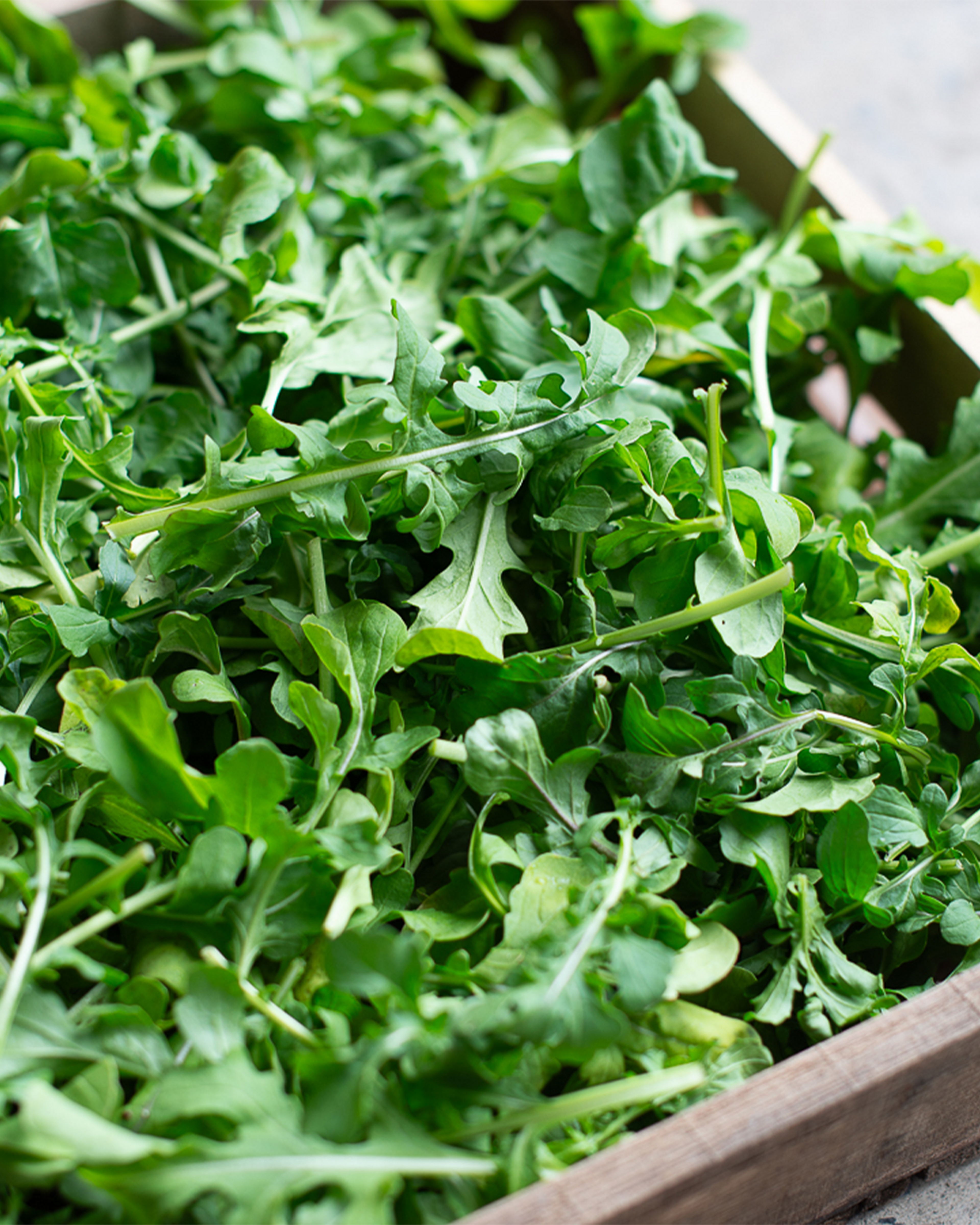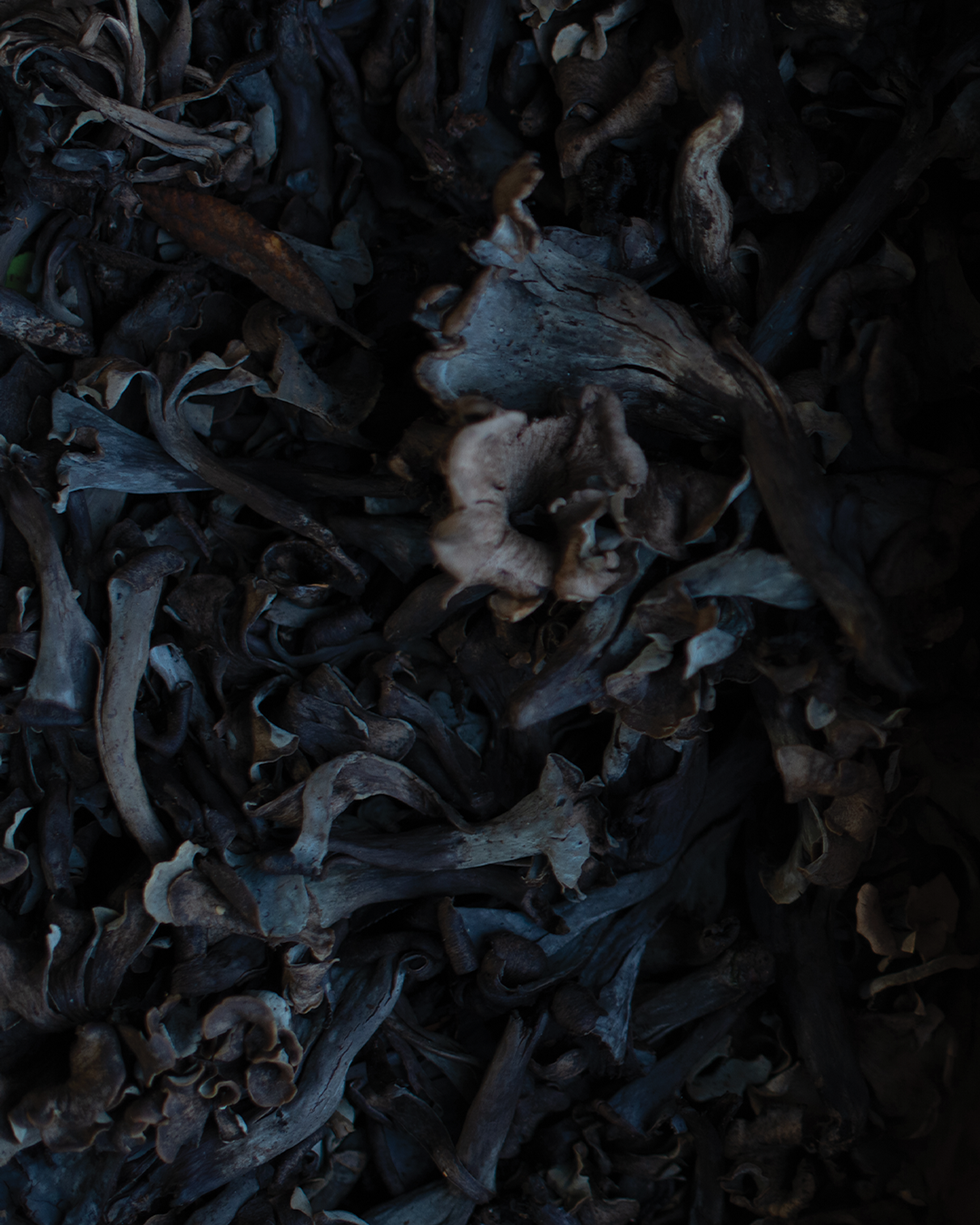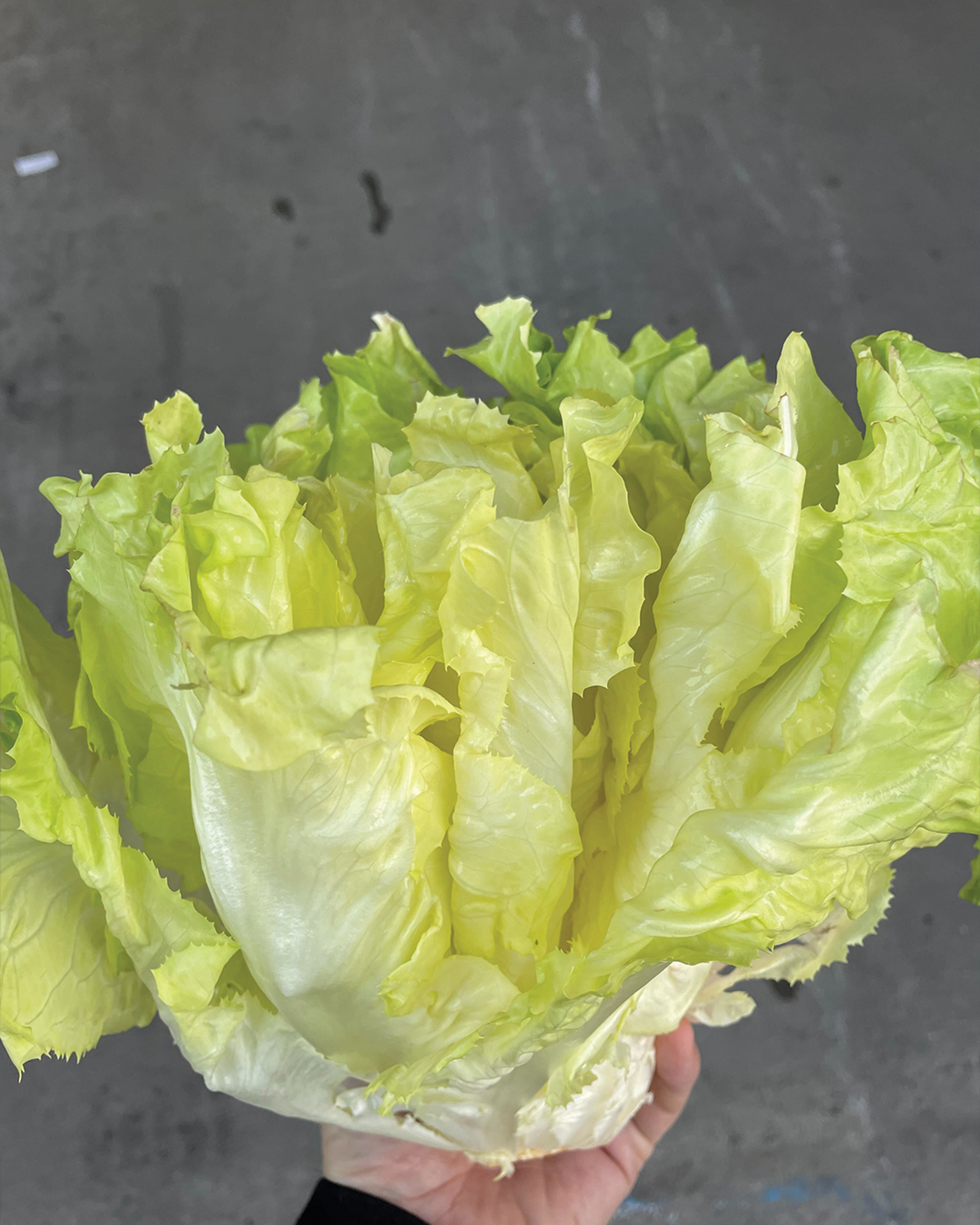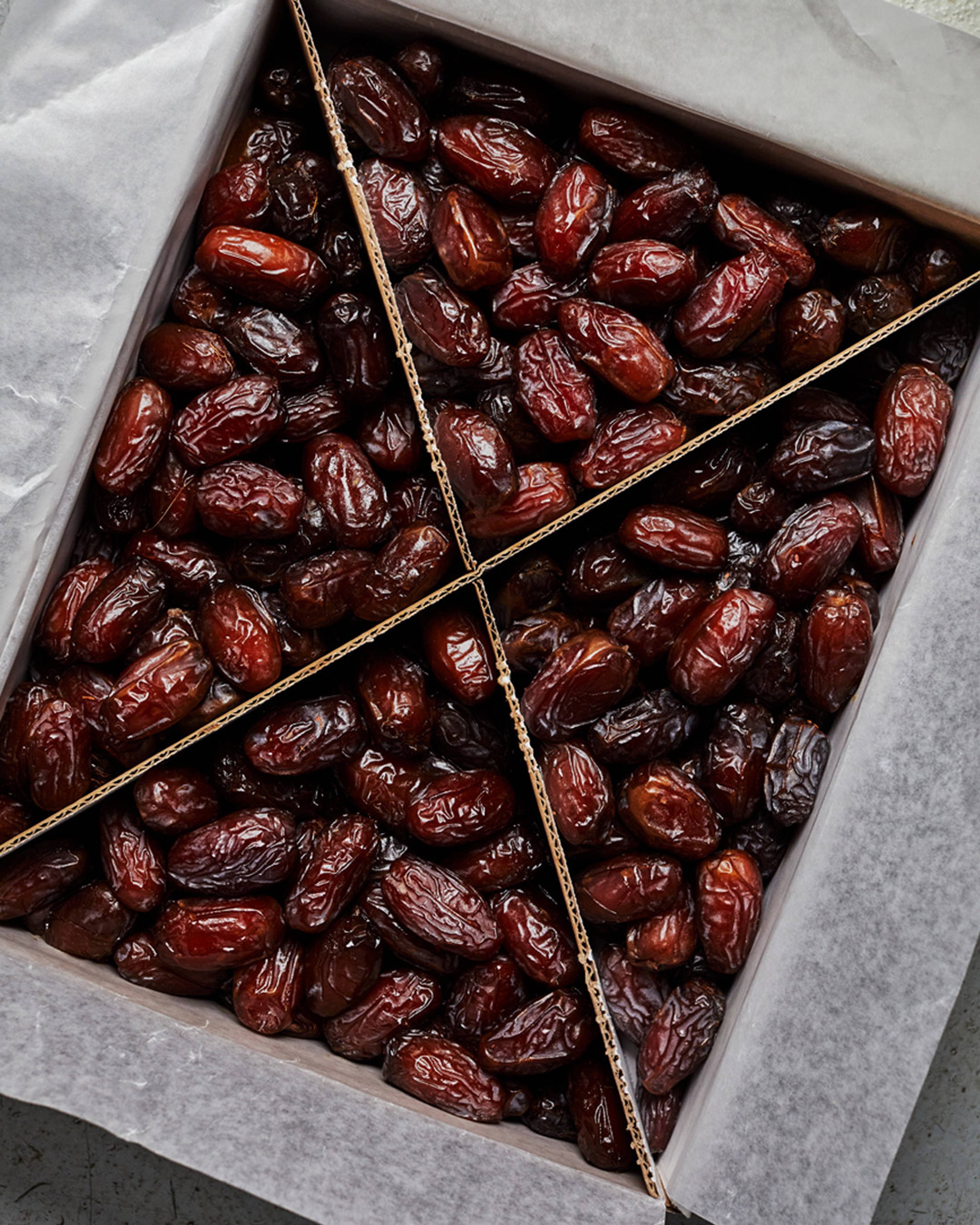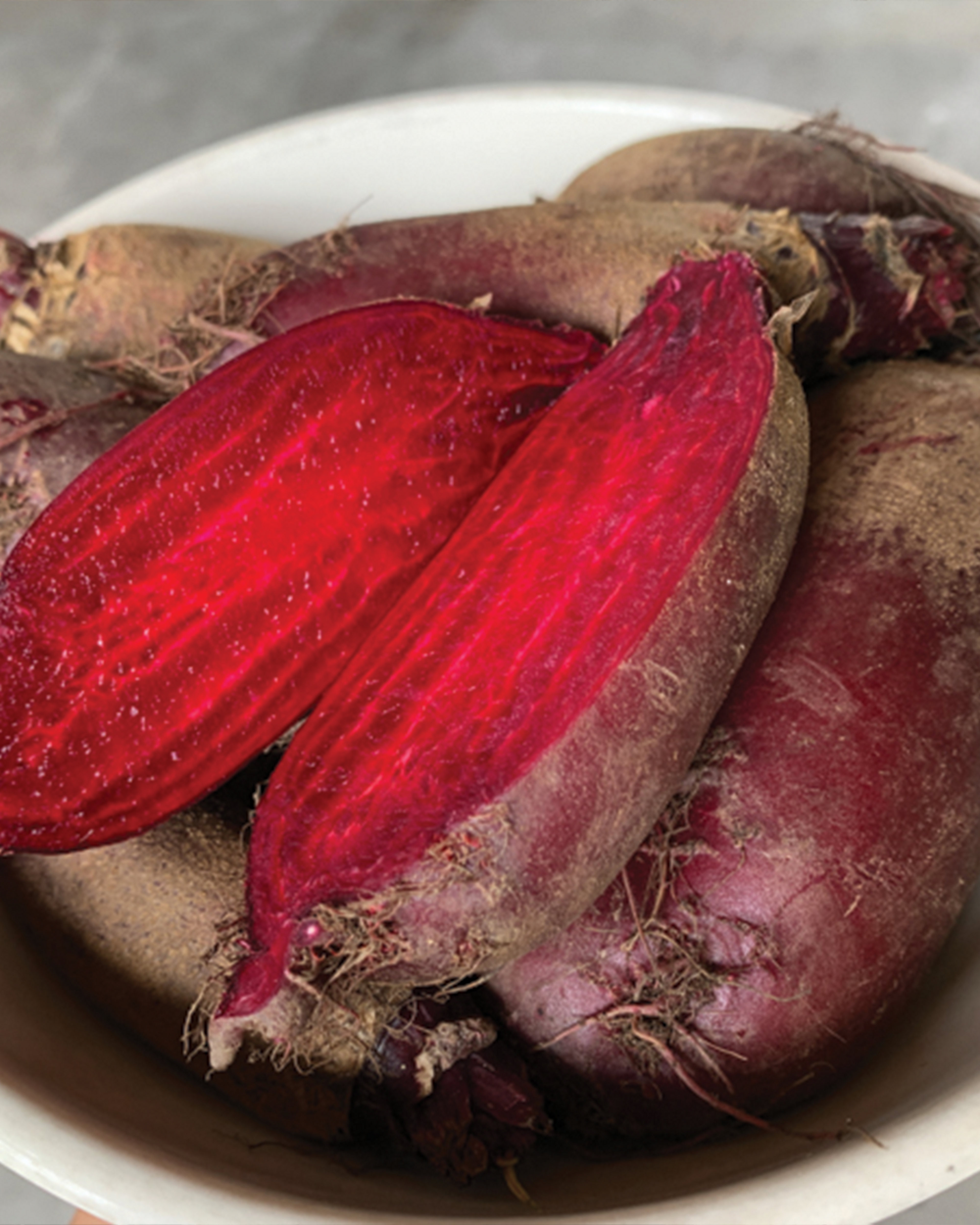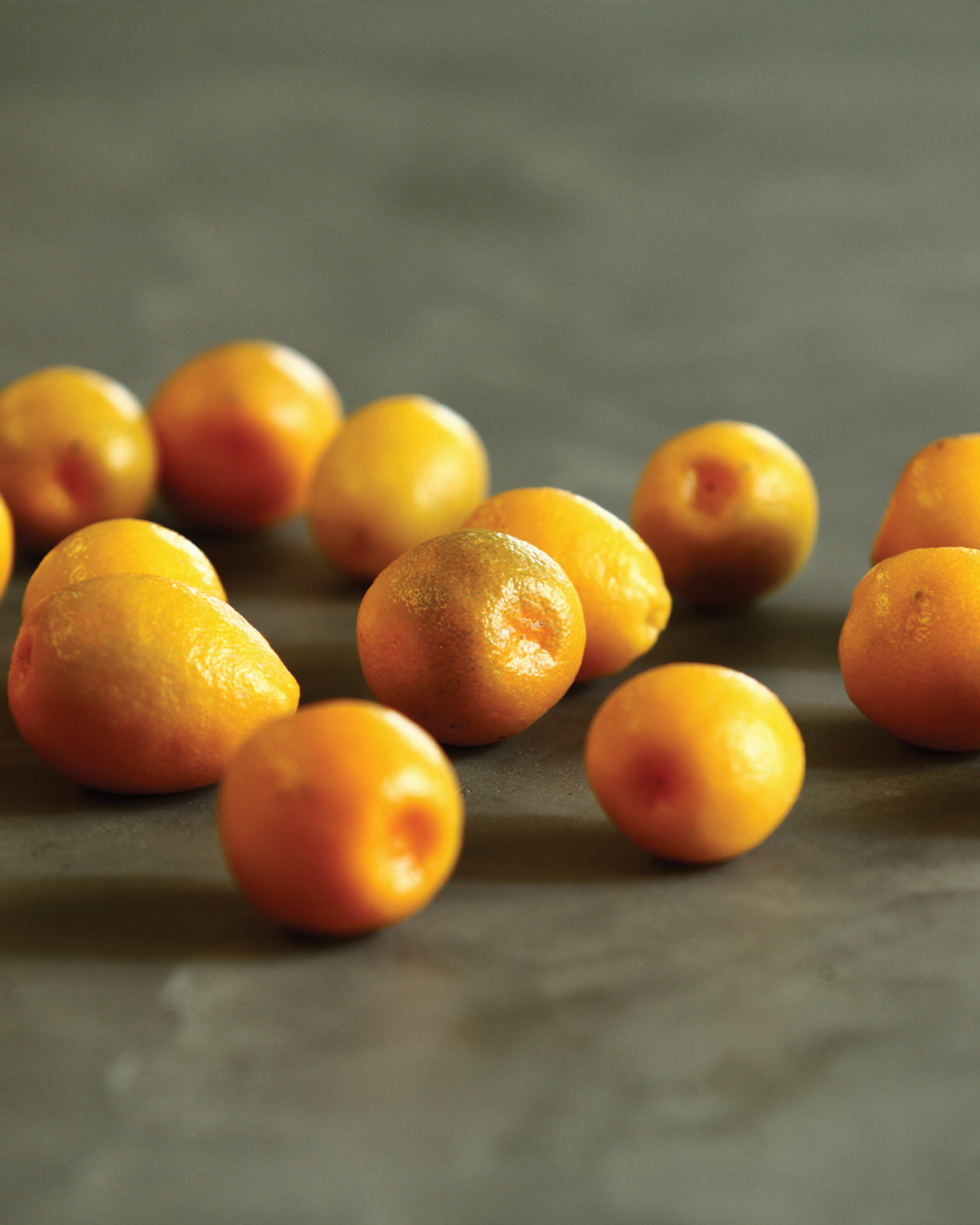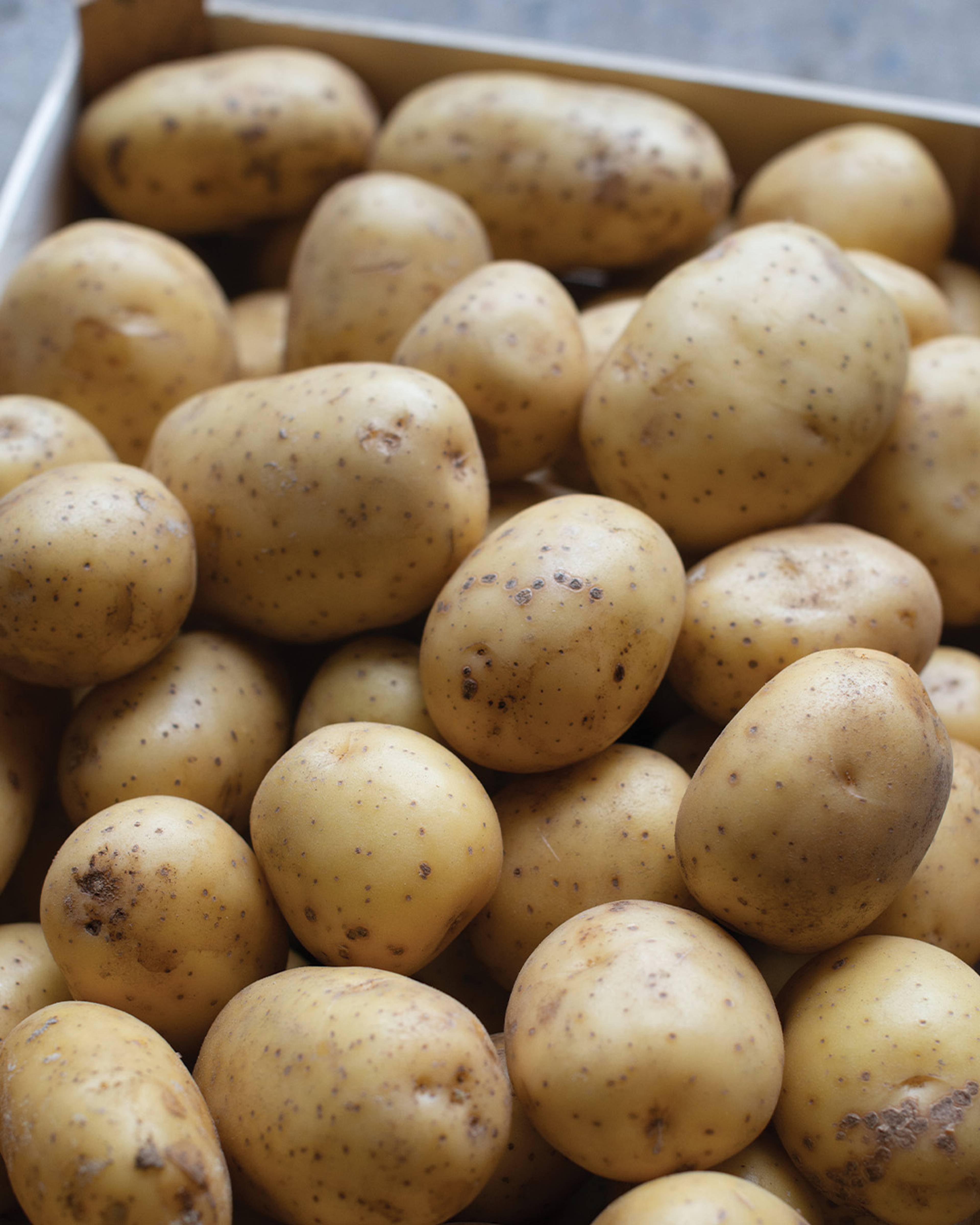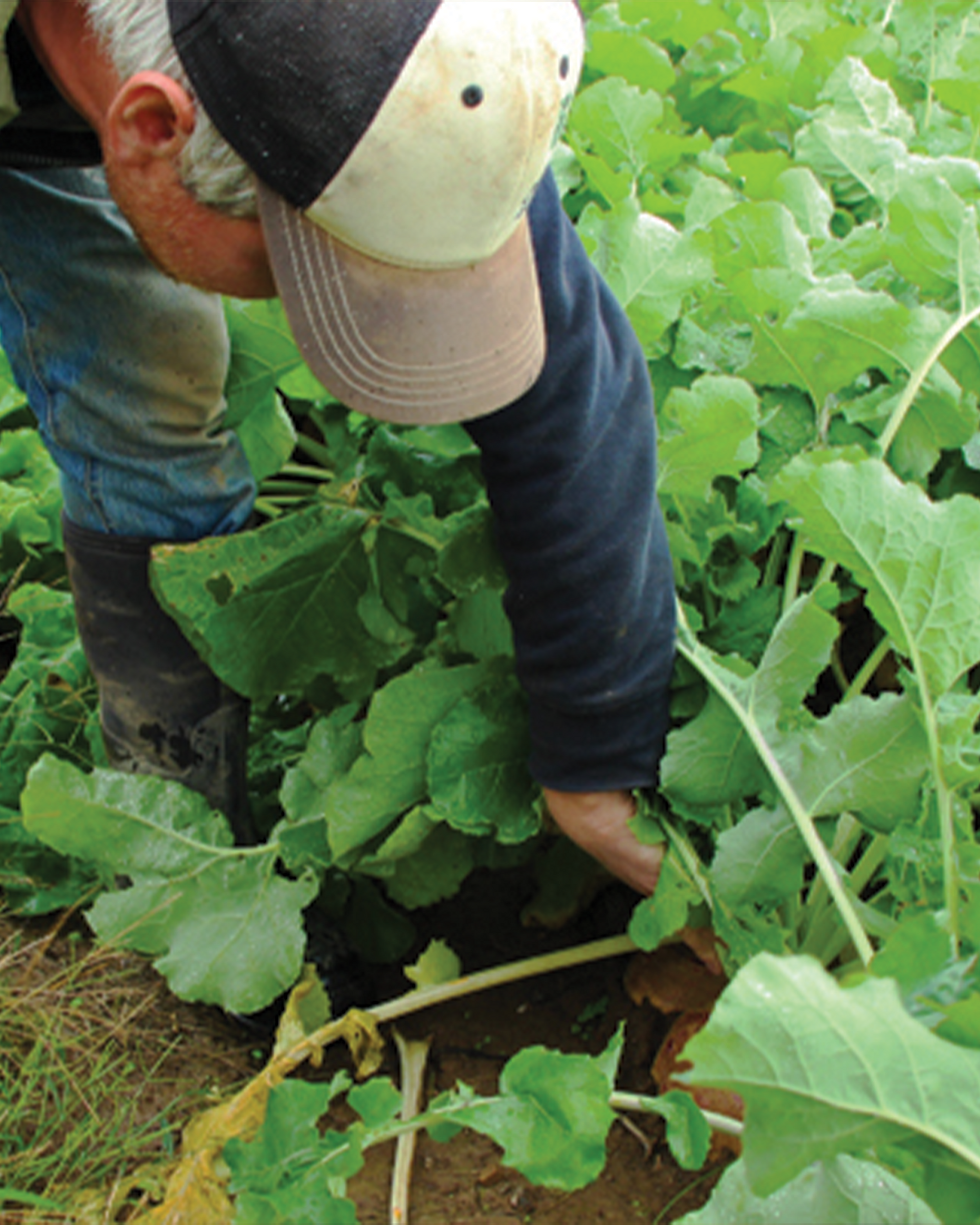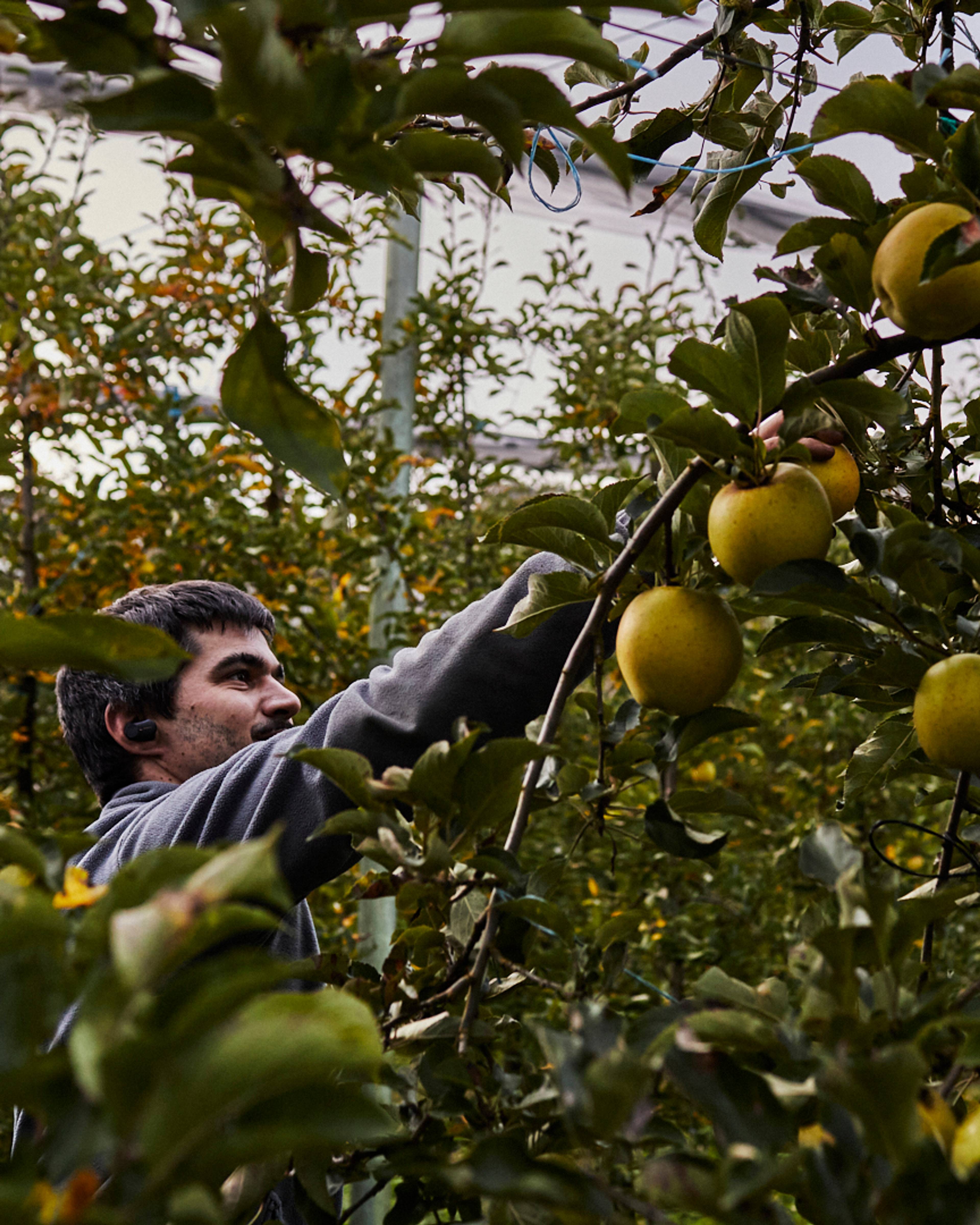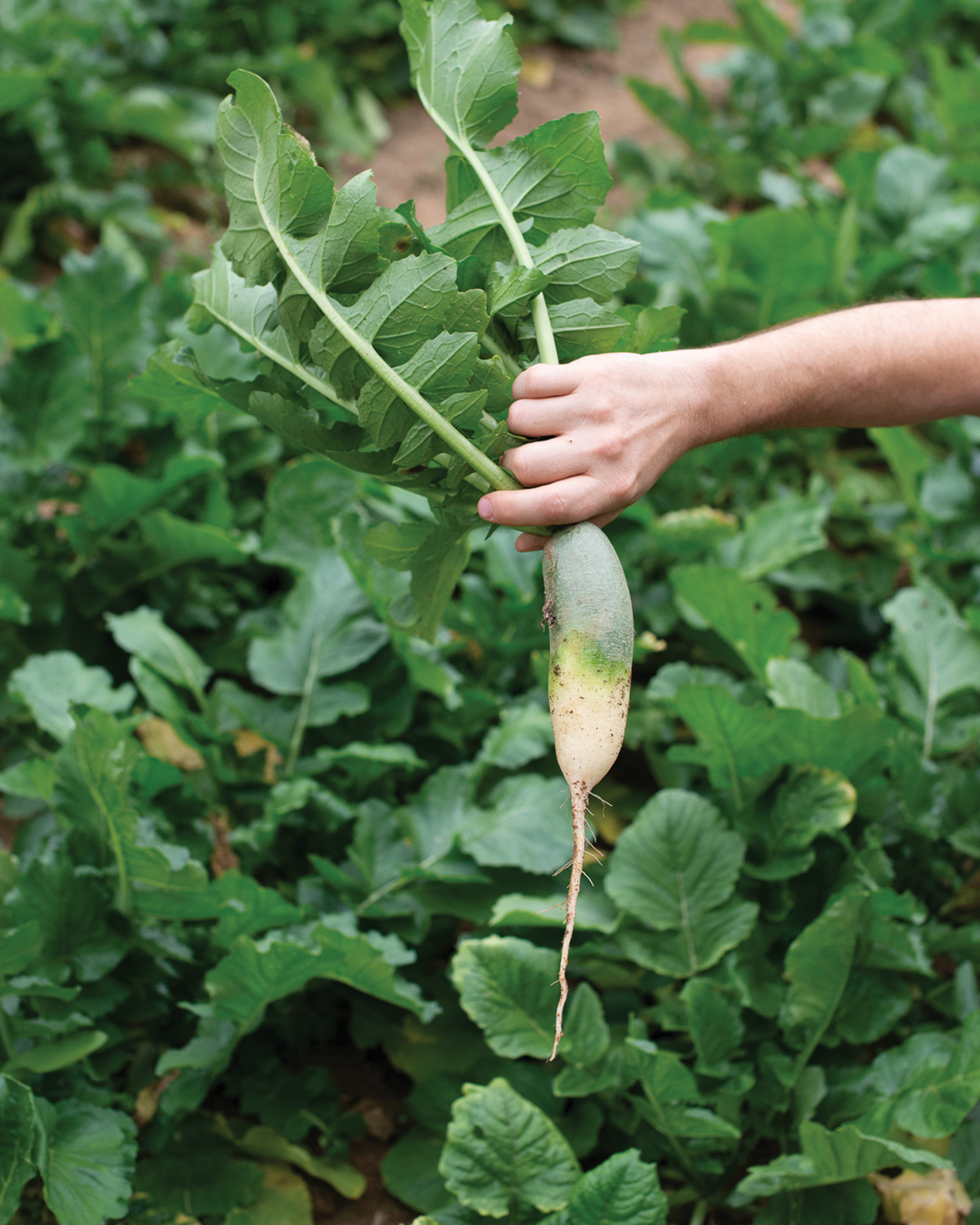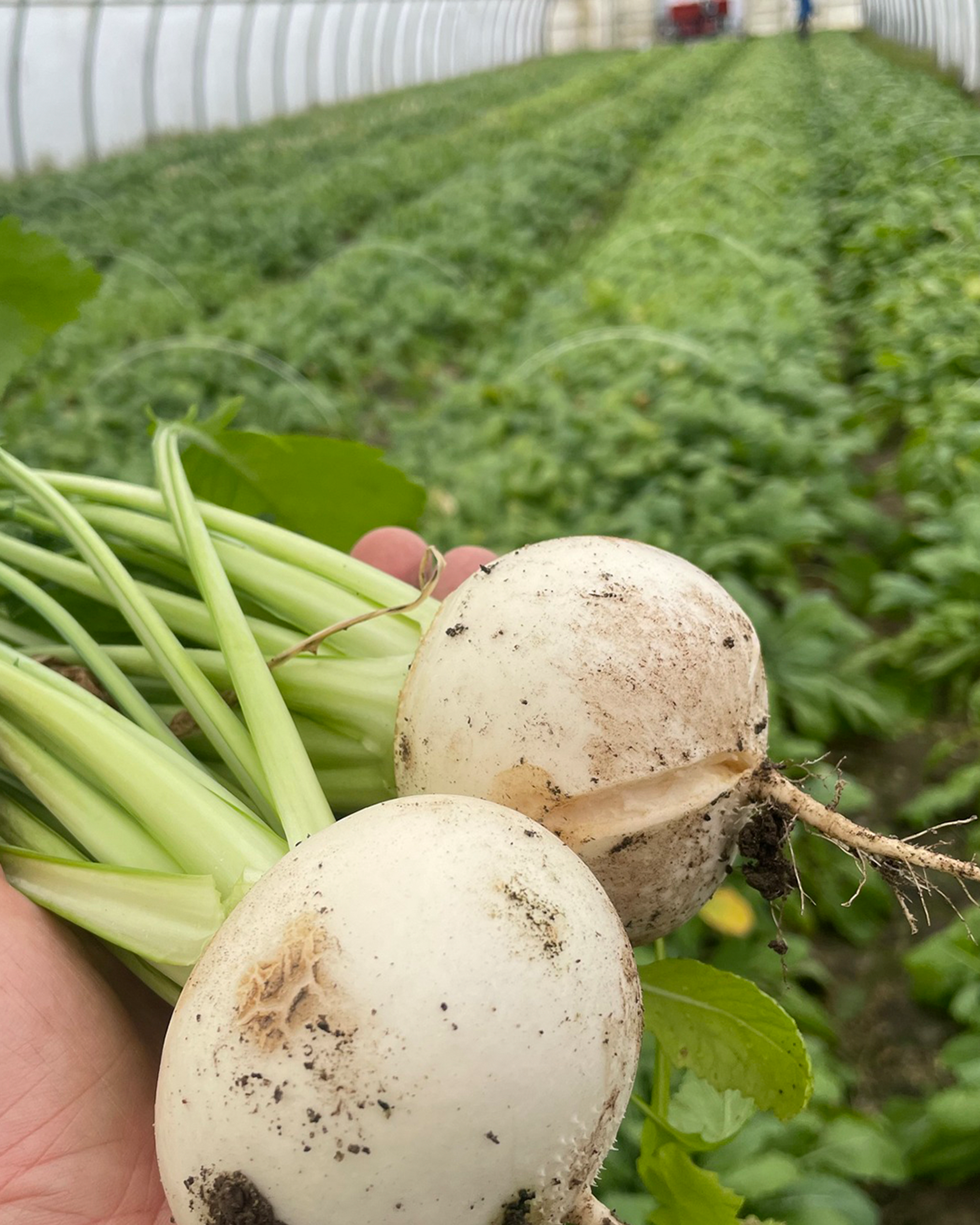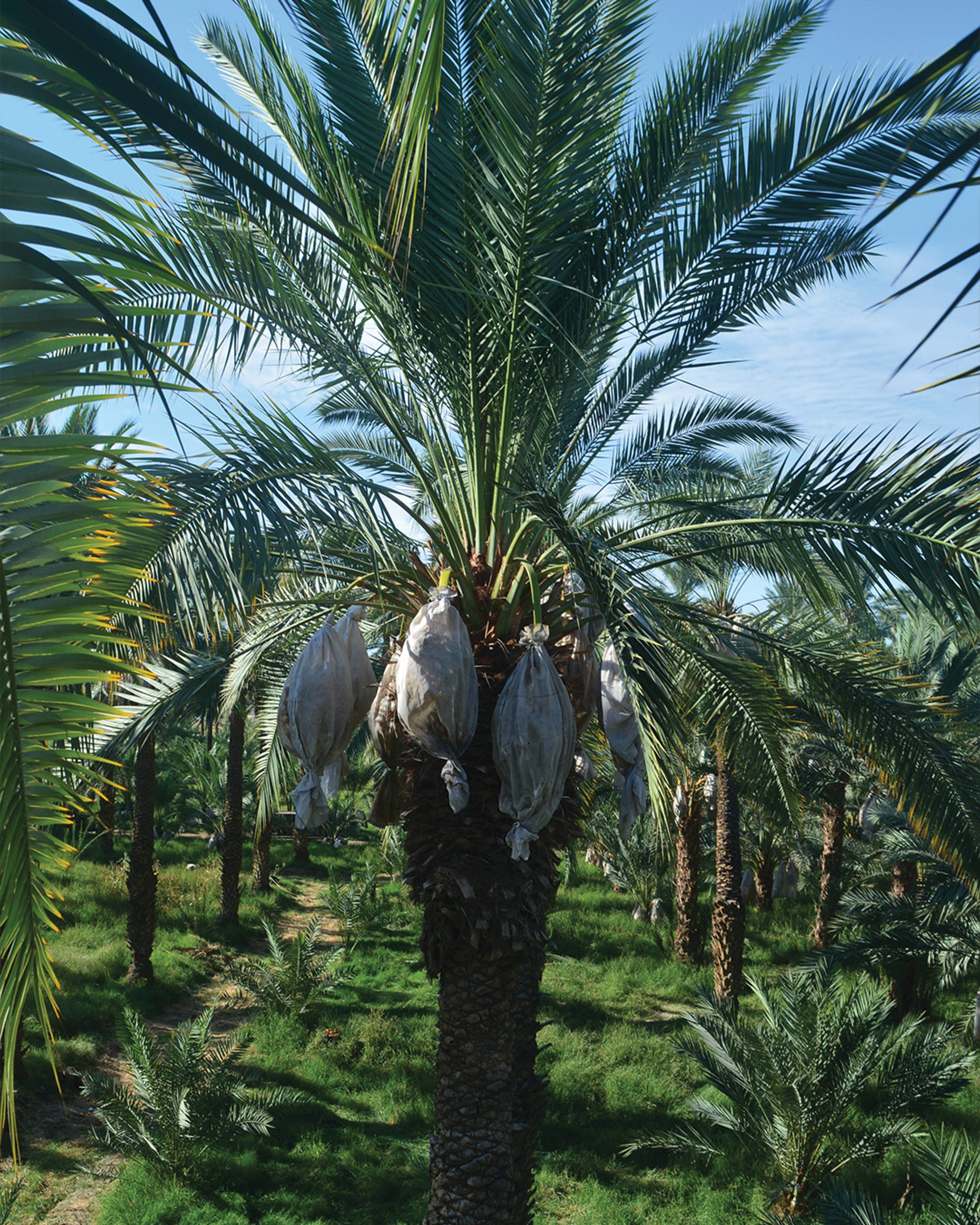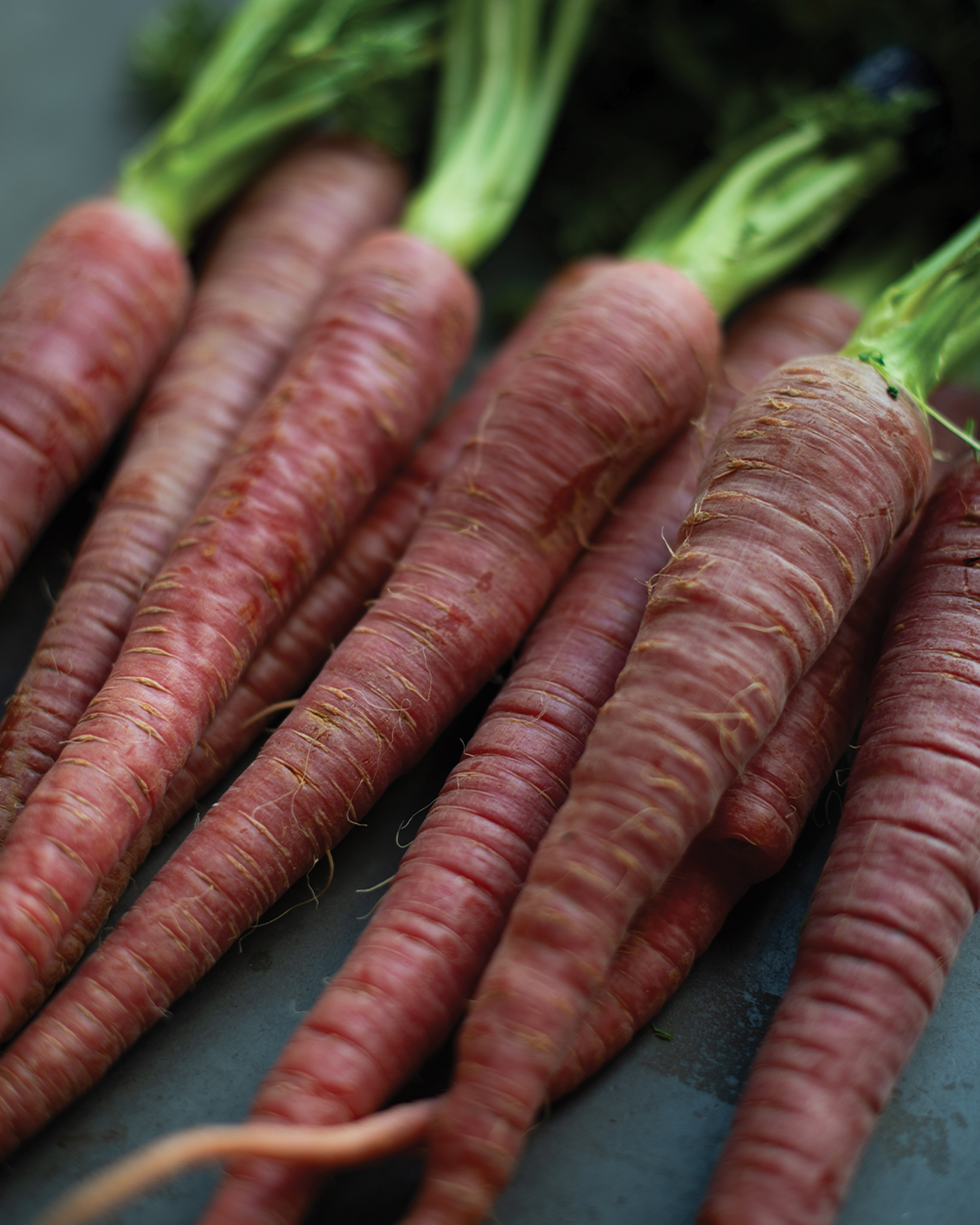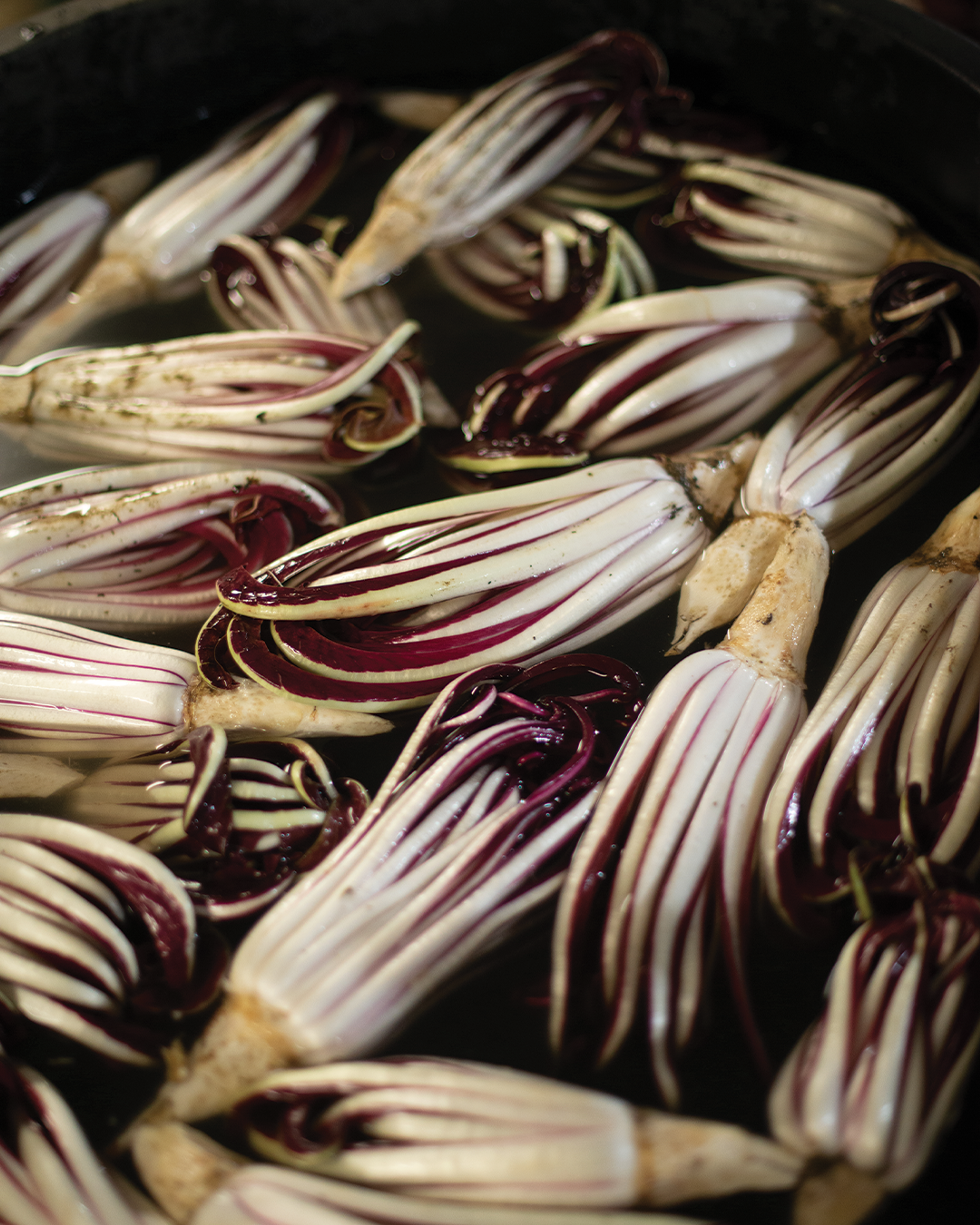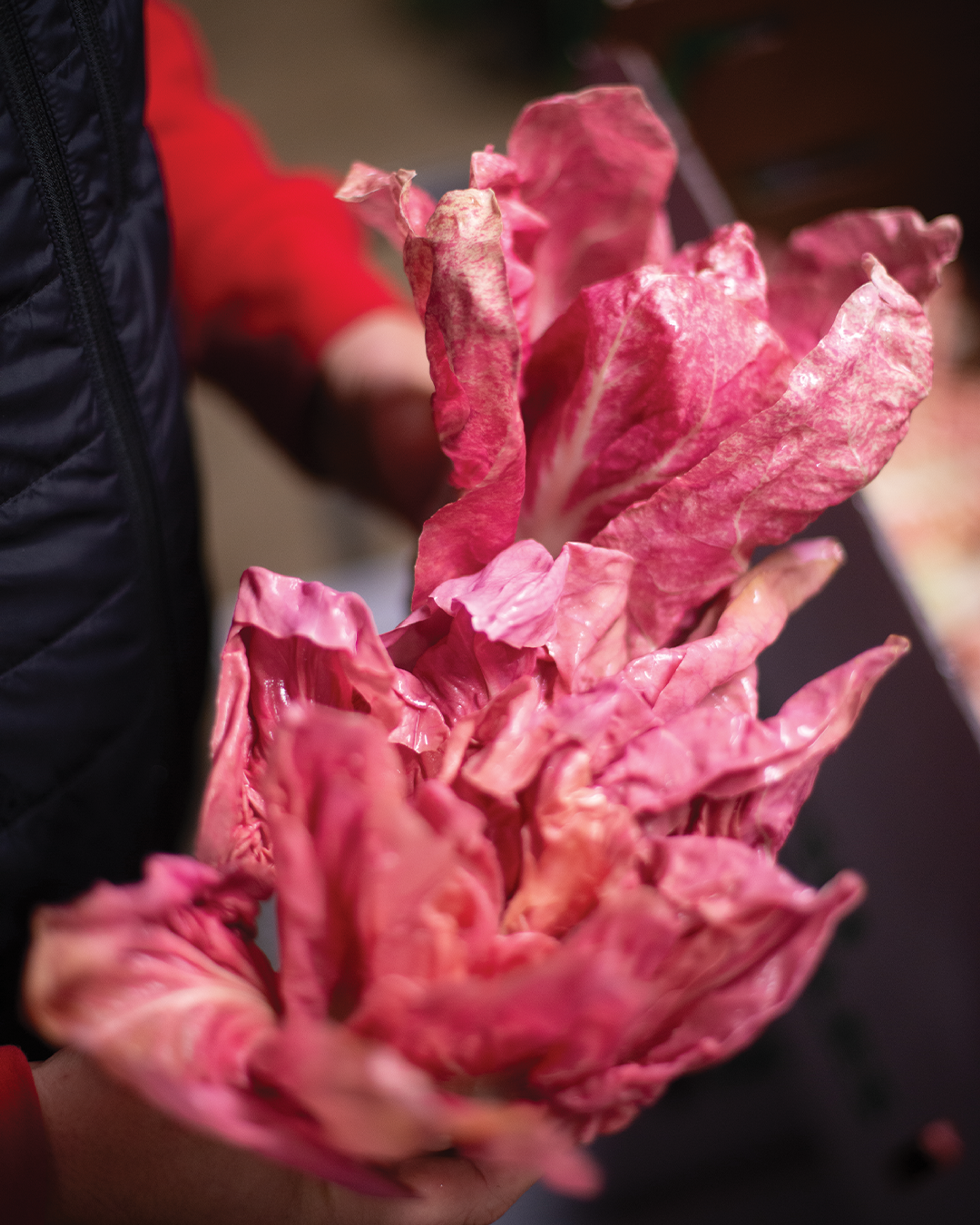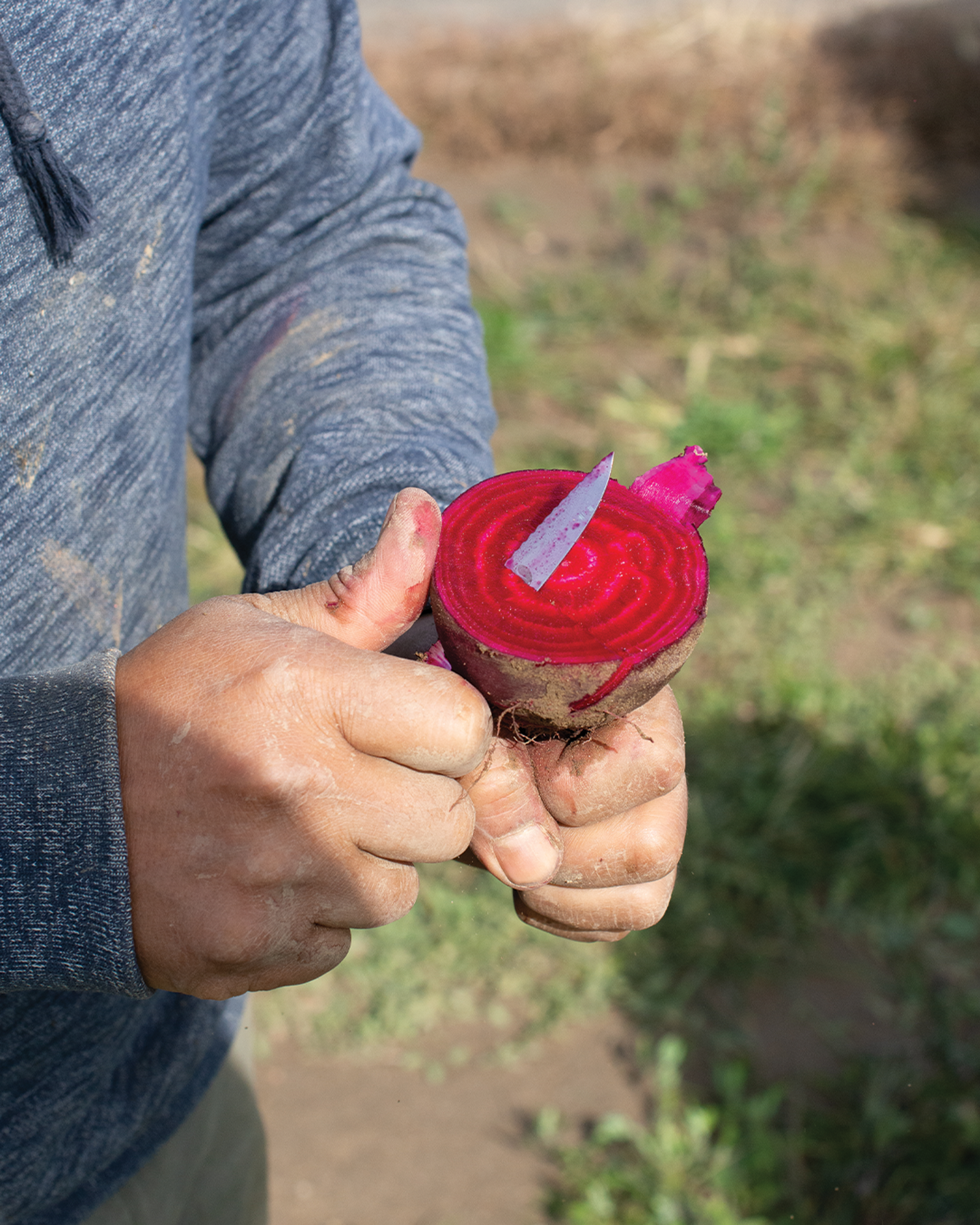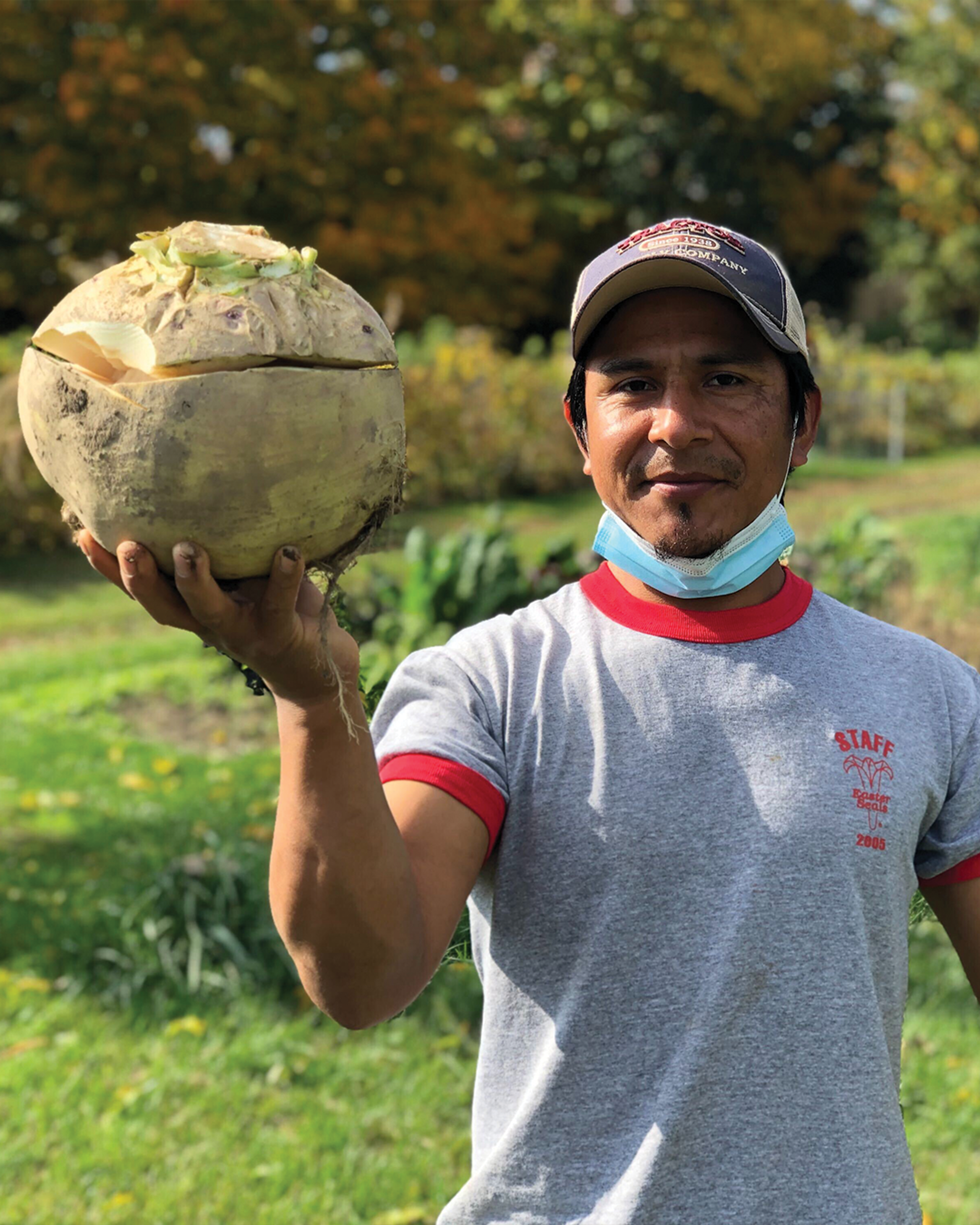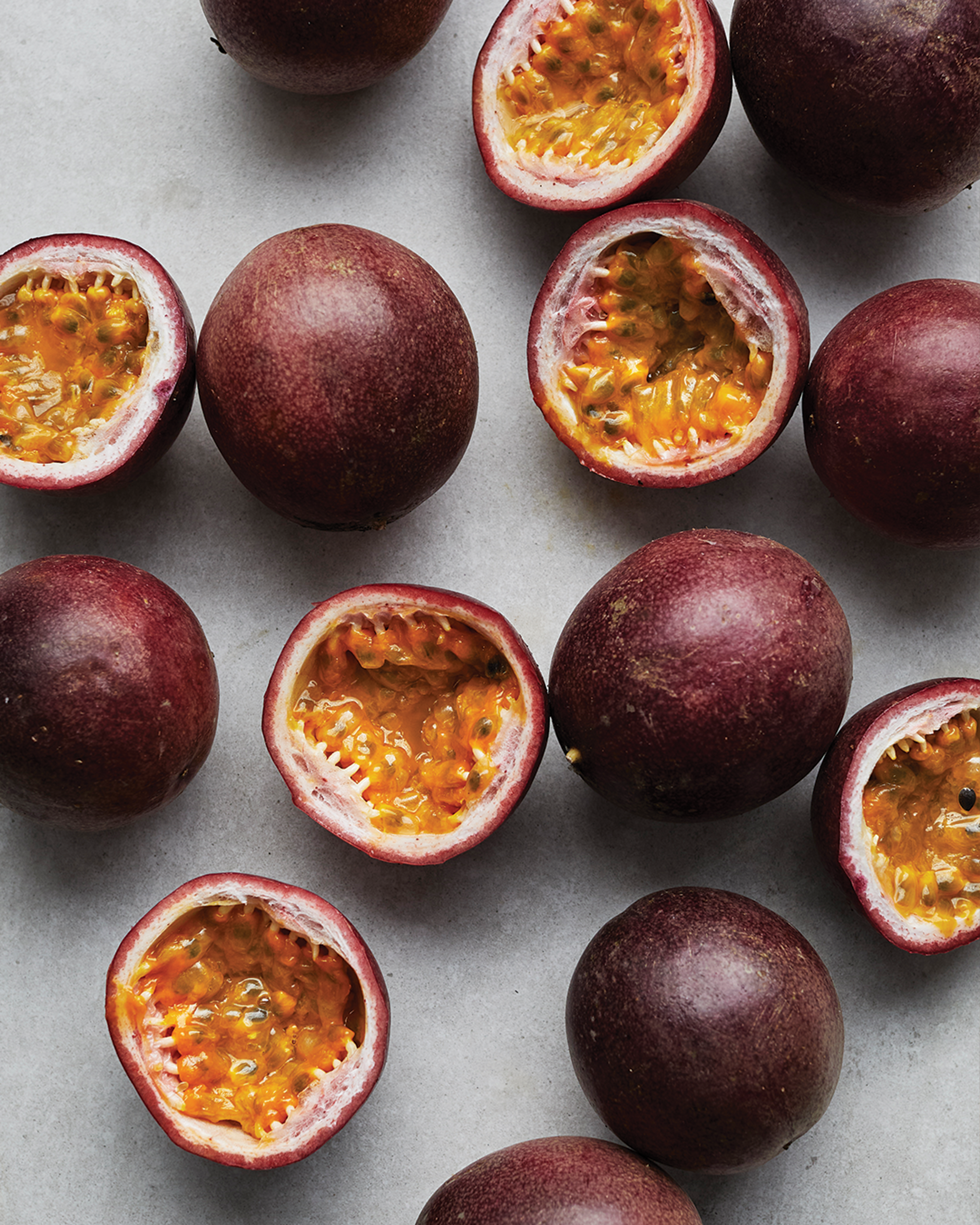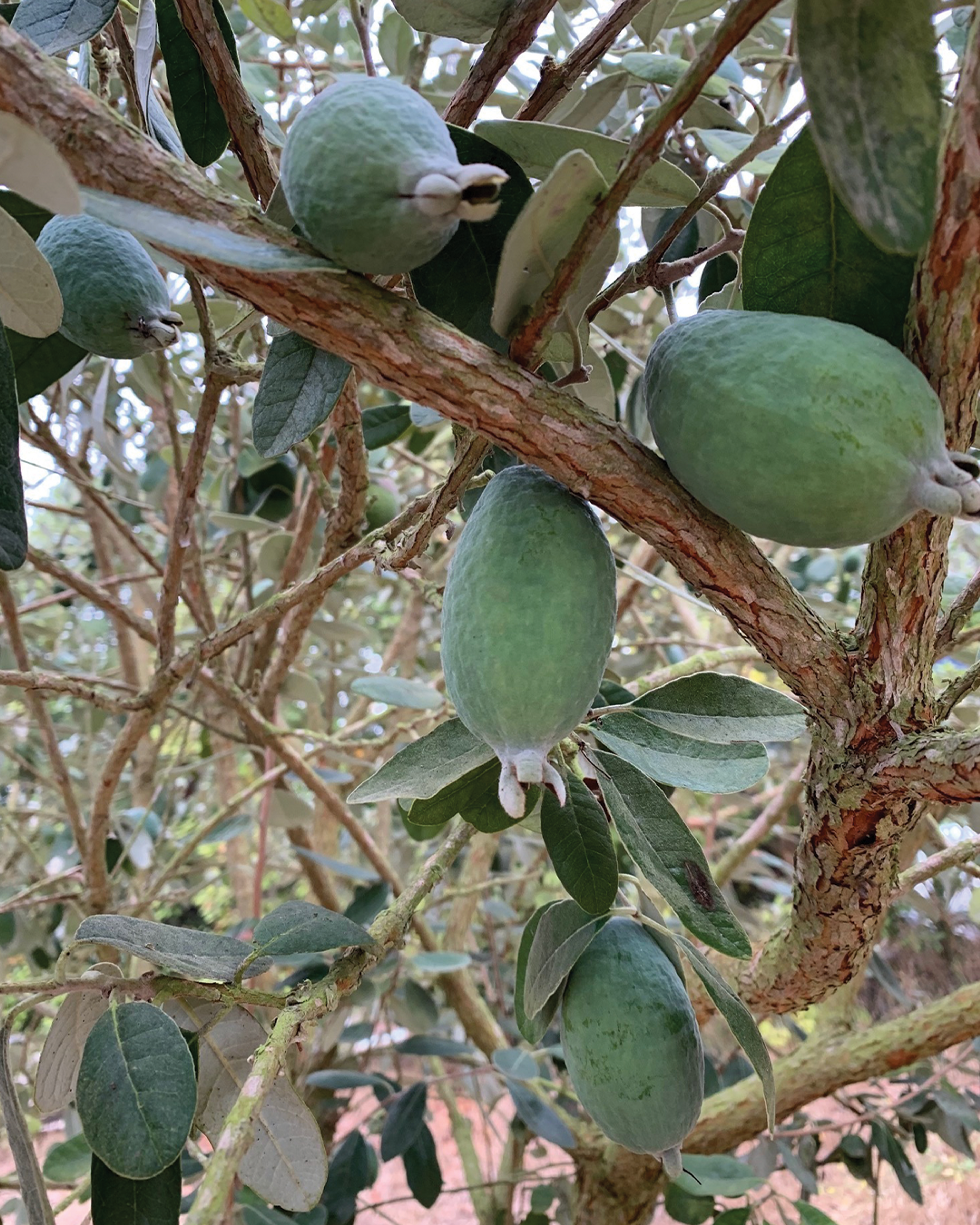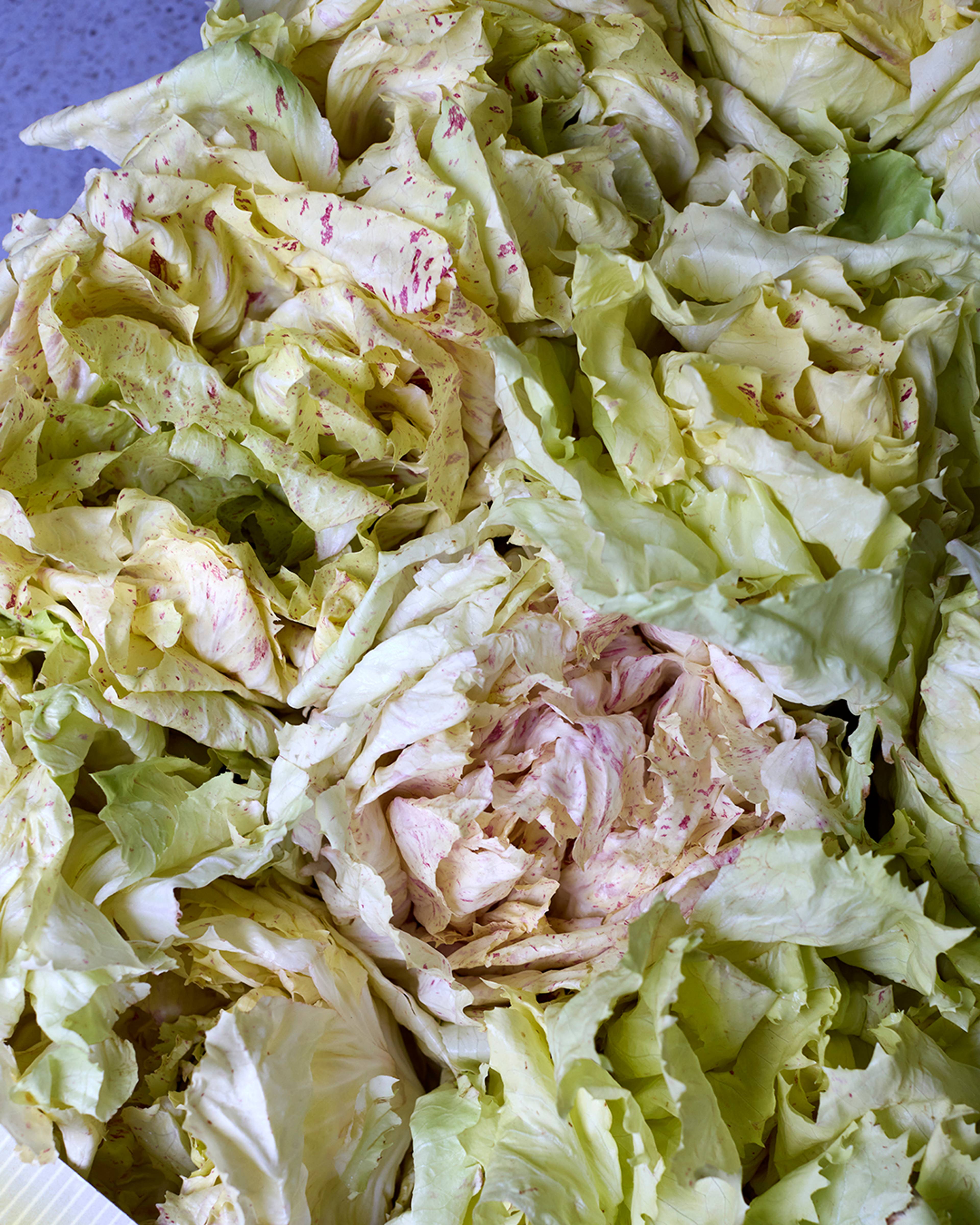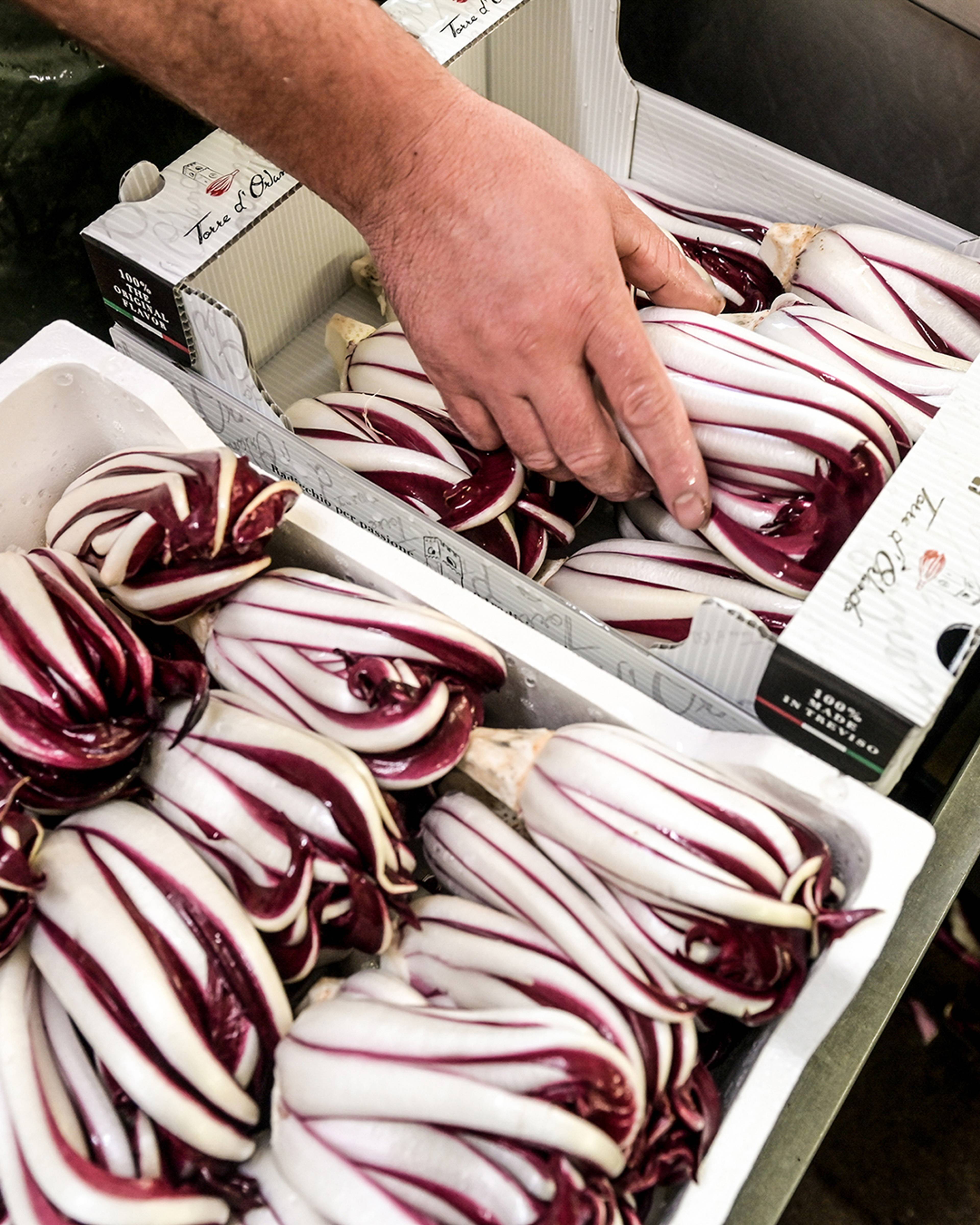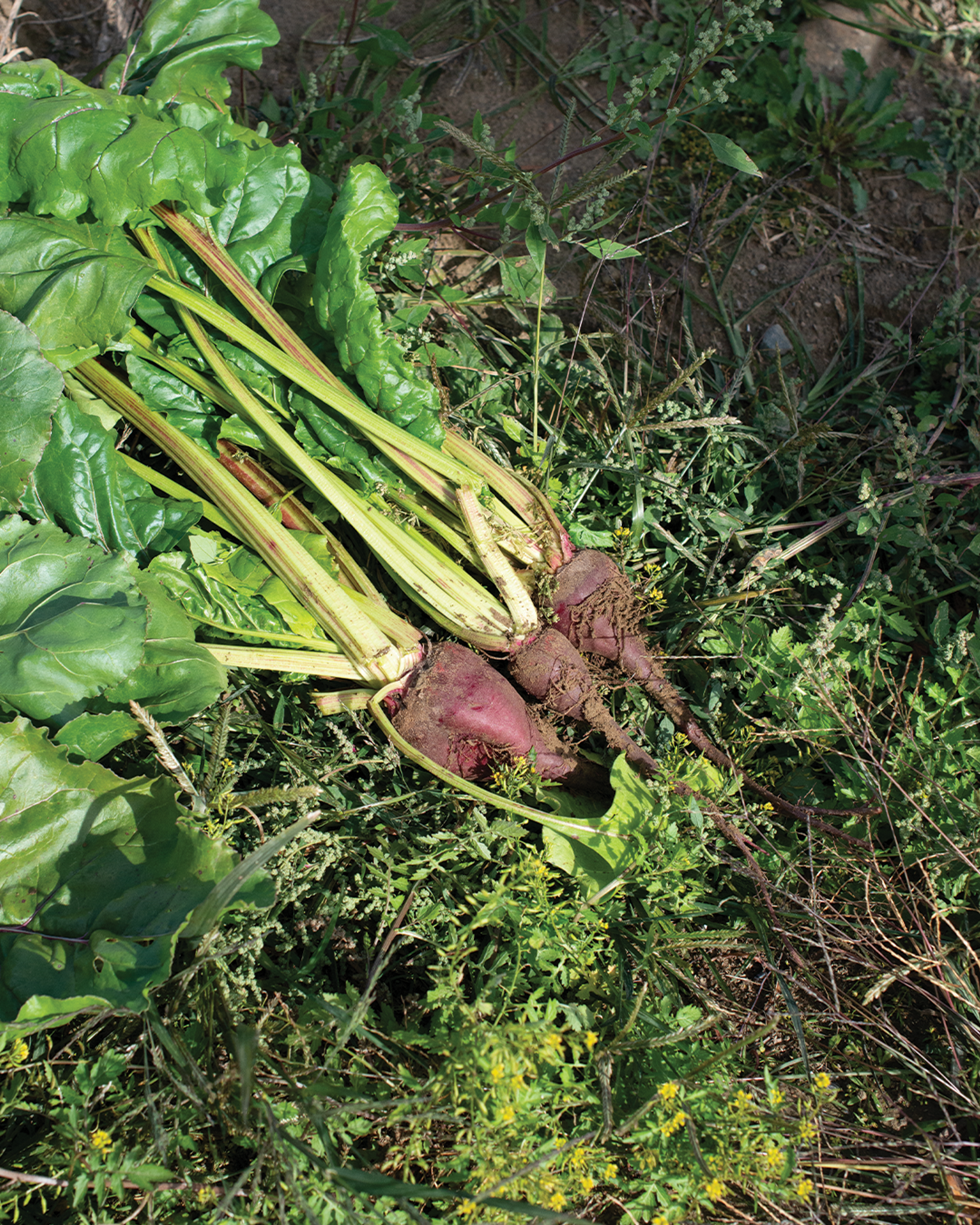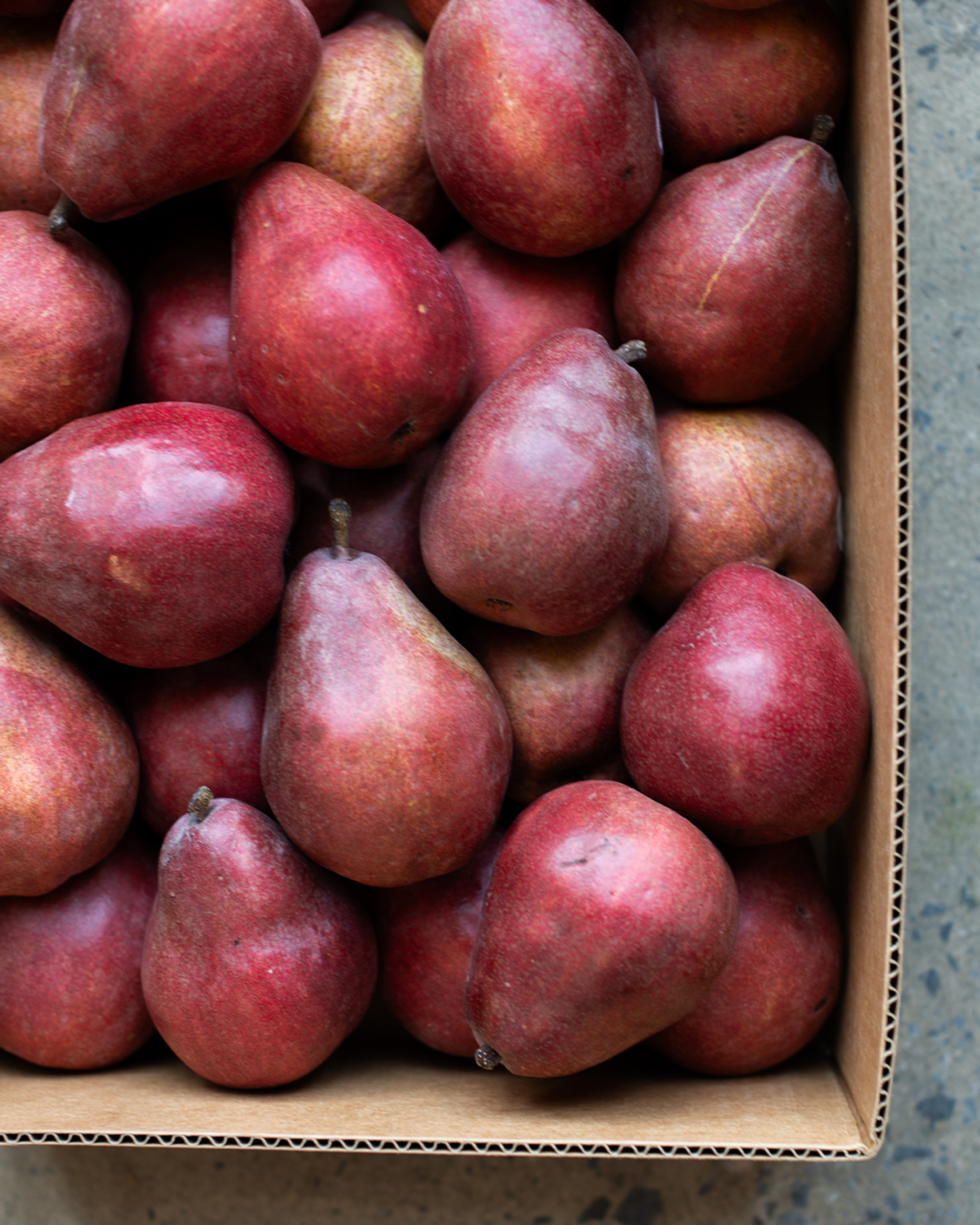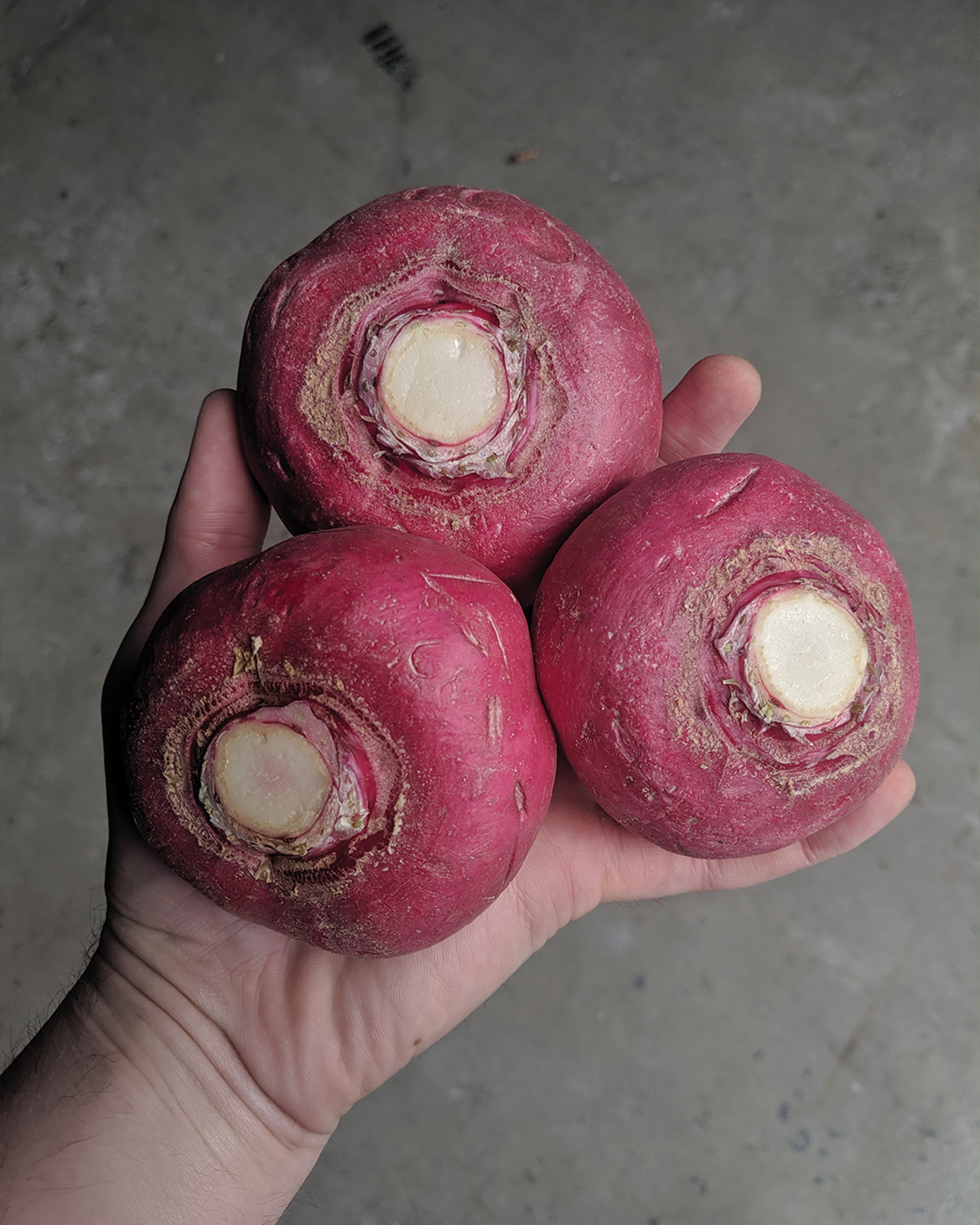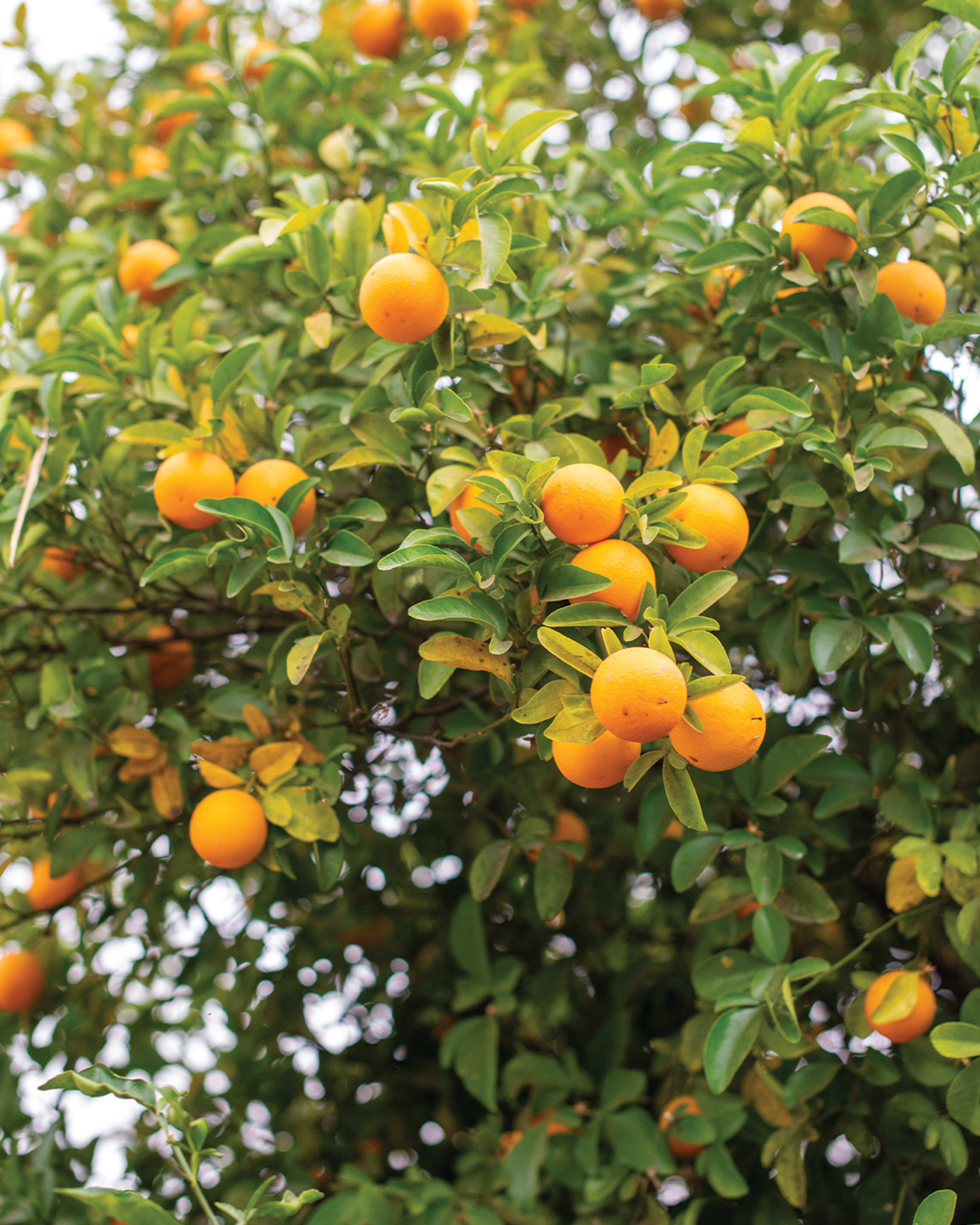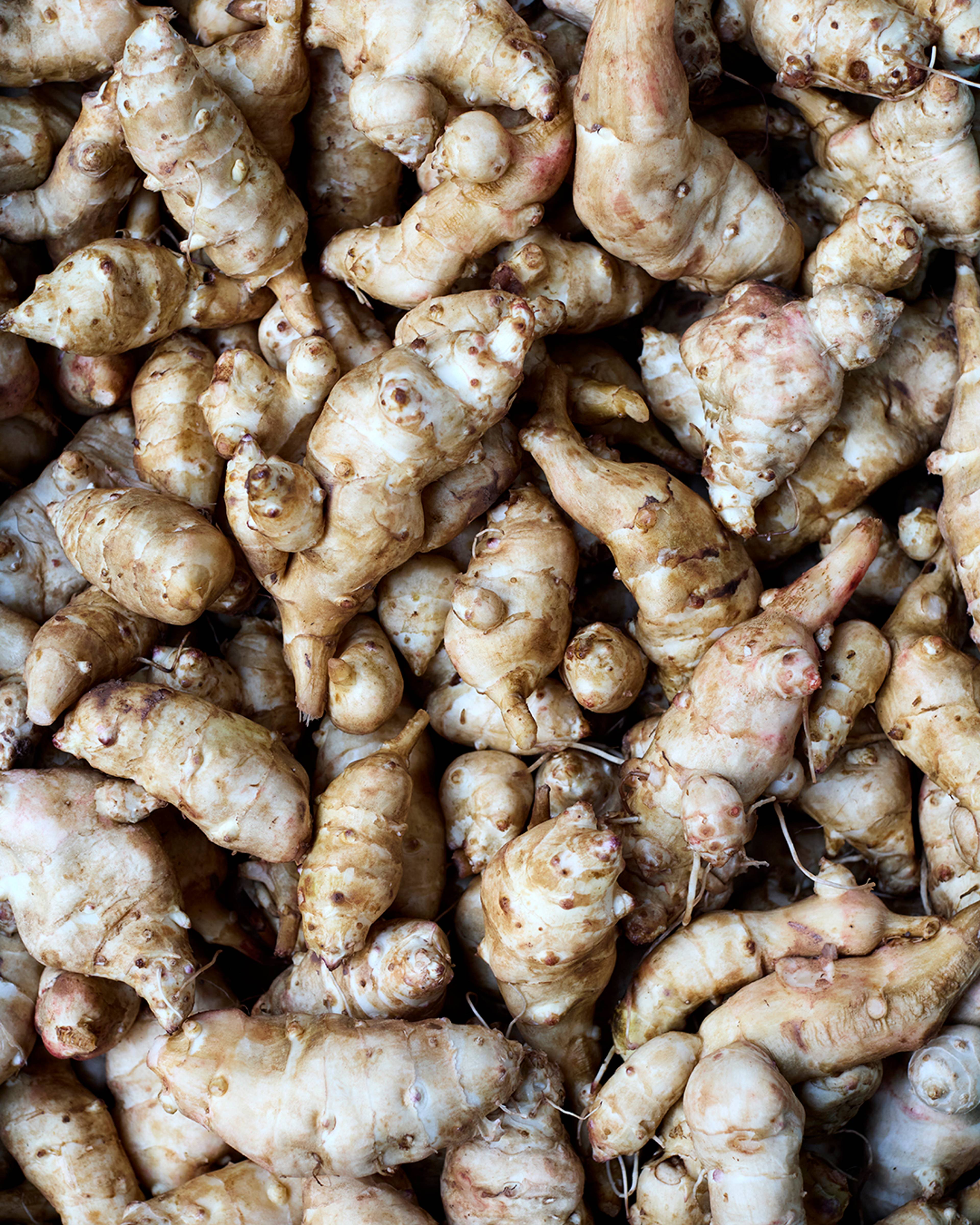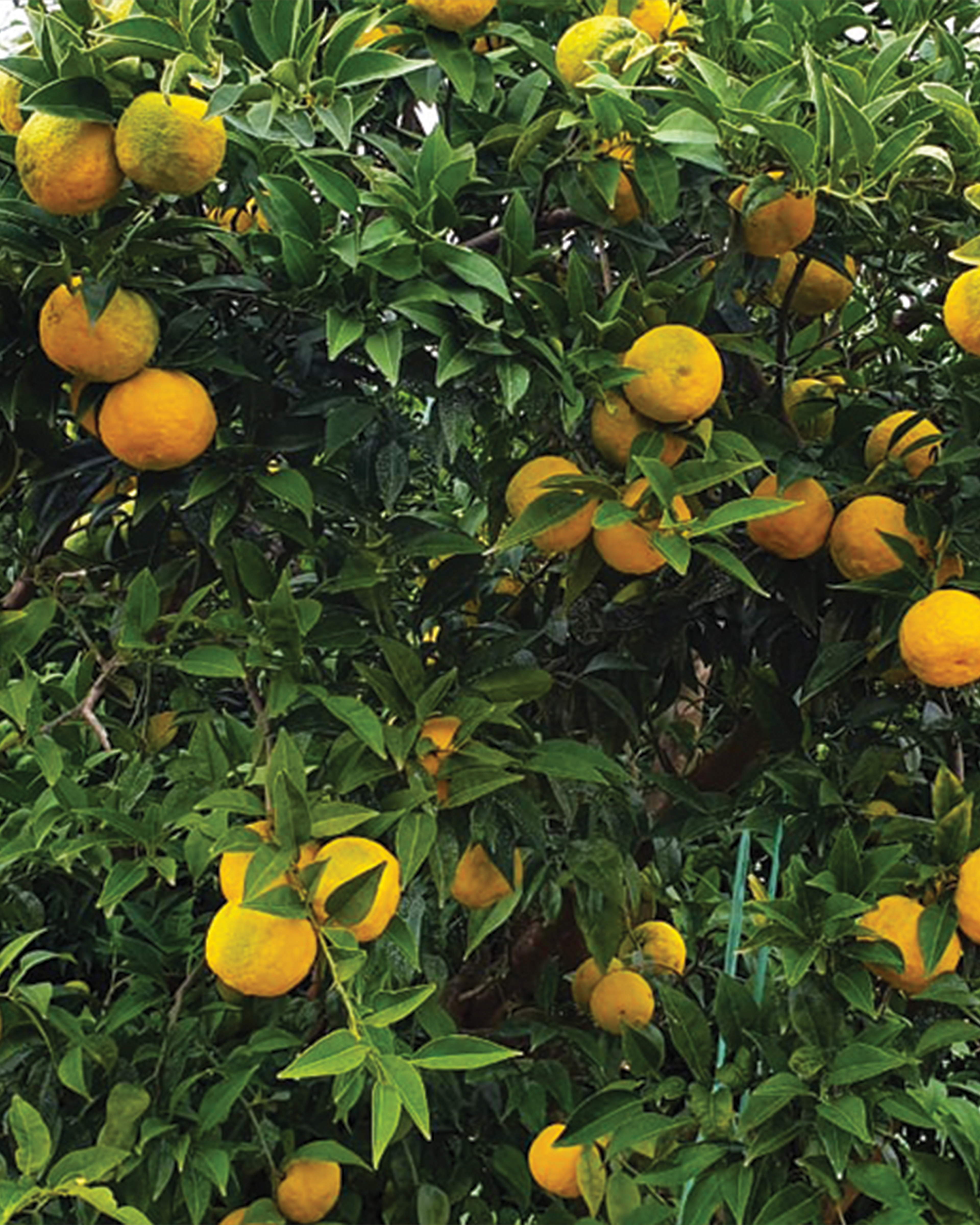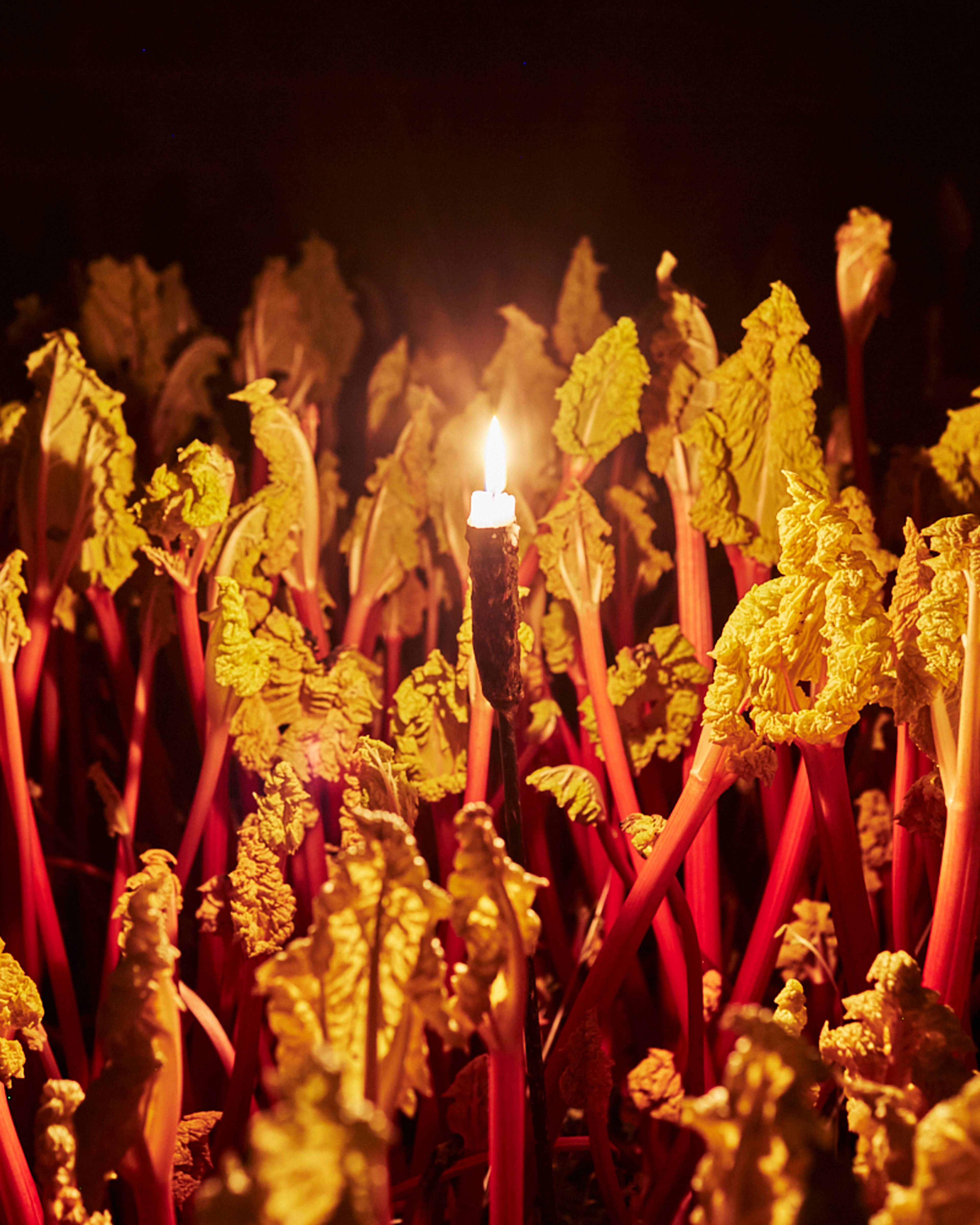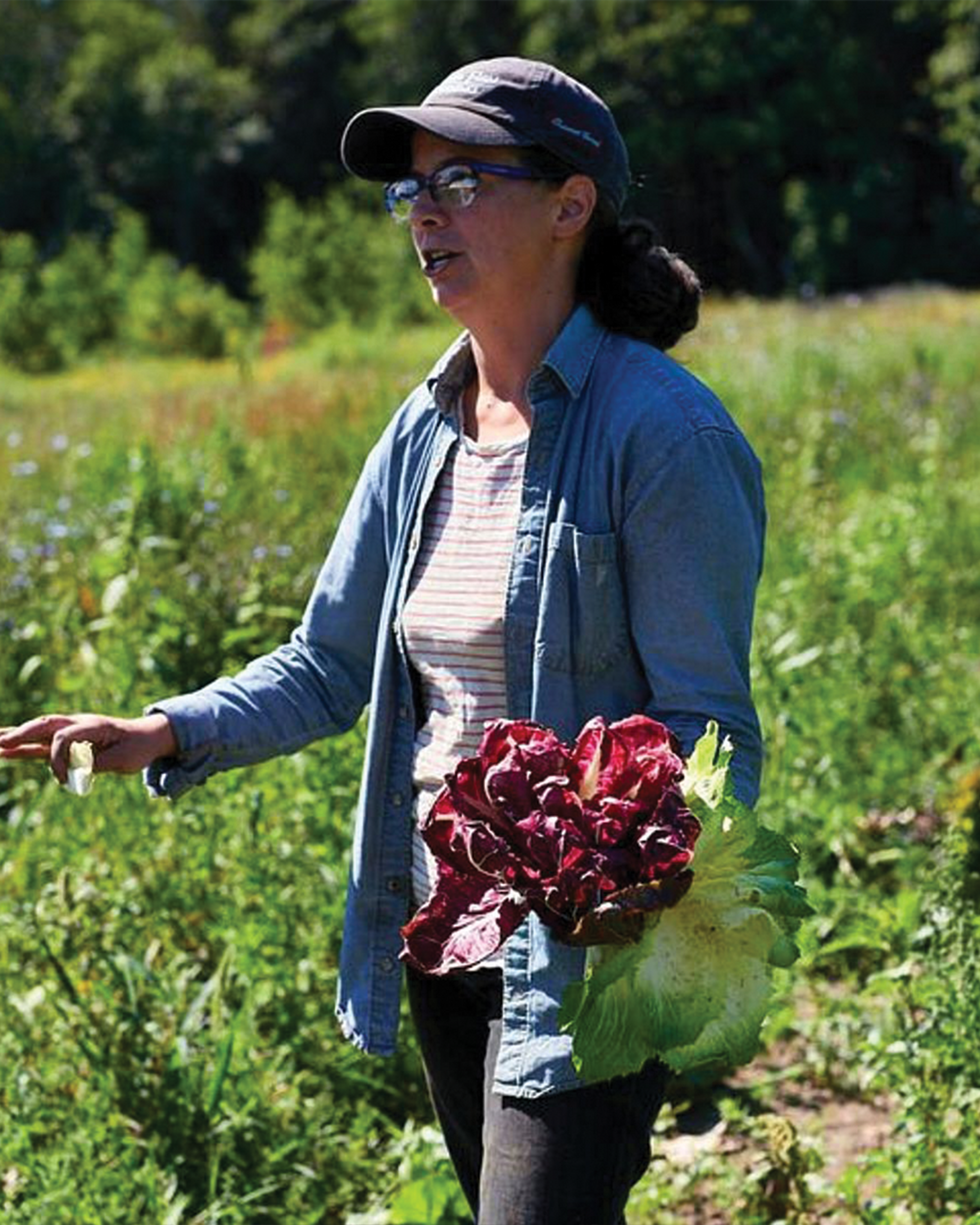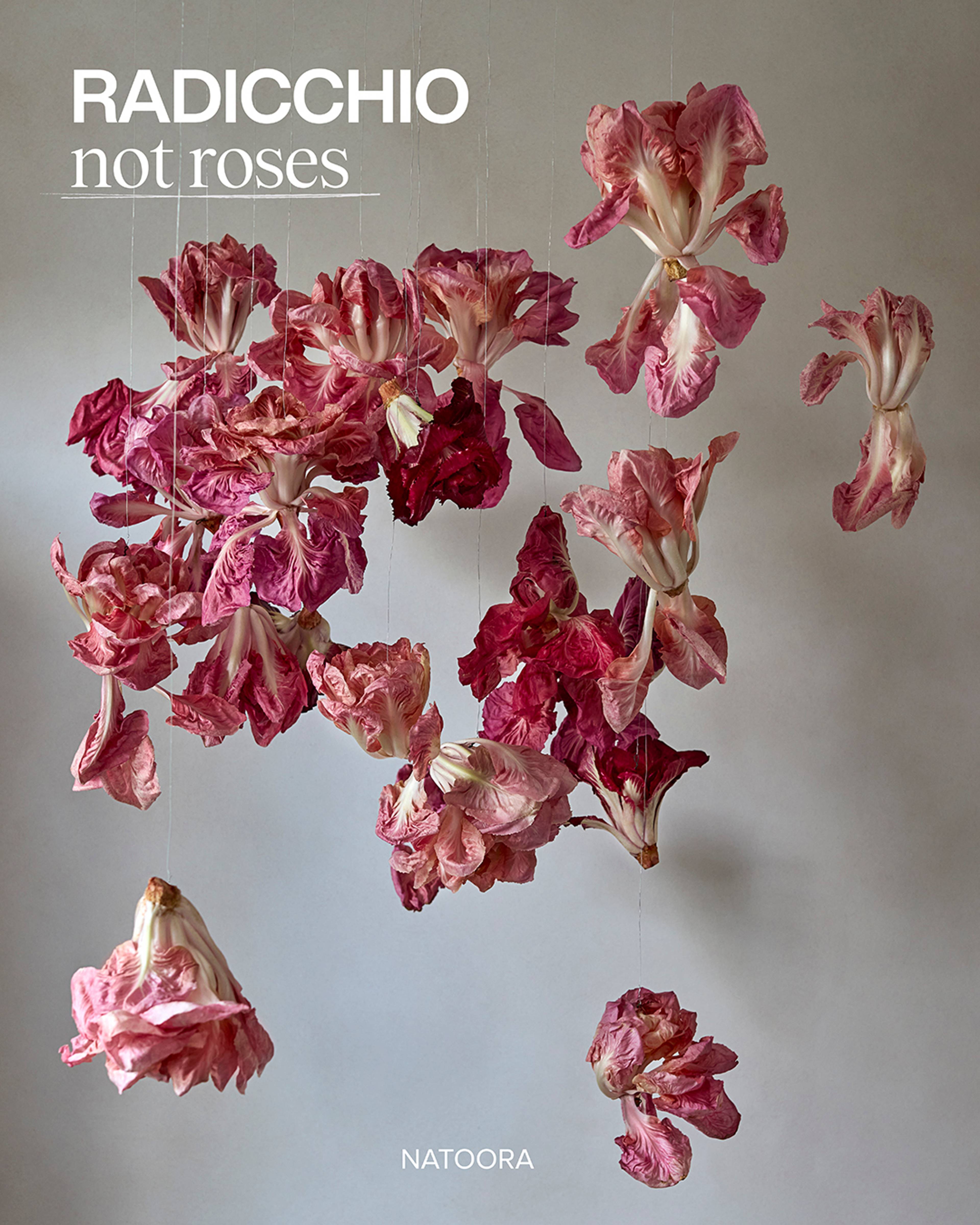GO BEYOND FOUR SEASONS
Each fruit and vegetable has its own season, with subtle shifts that happen every day. Follow their microseasons to unlock flavor at every stage.
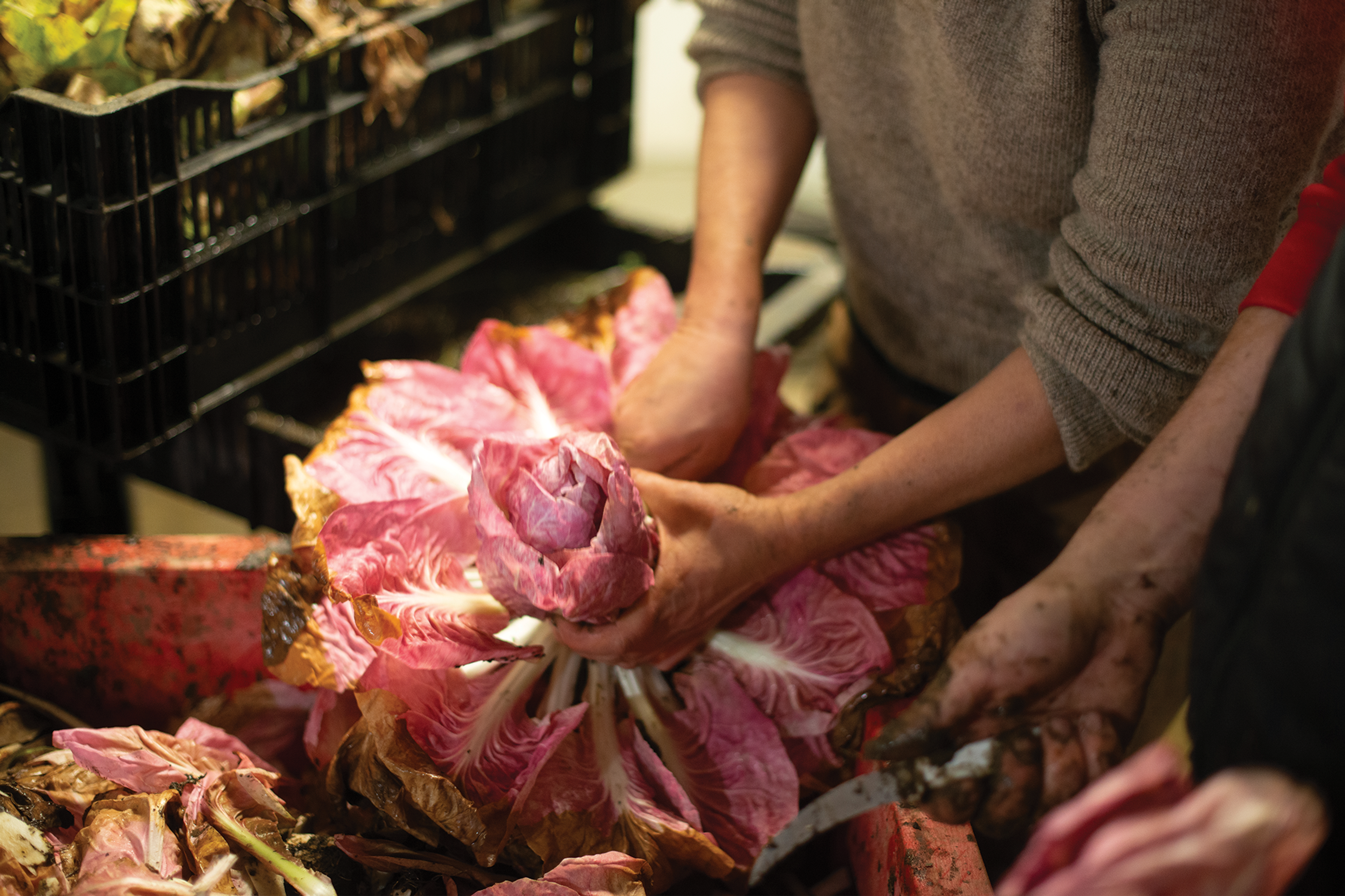
In season today
These are the first harvests of a variety. Not yet available in abundance or fully developed, this is the time to get inspired by new flavor combinations.
Artesia Radishes

Grower
Amanda
Location
Barre, Vermont
Seasonality
October - February
Arugula
Black Trumpet Mushrooms
Blanched Escarole
Bon Bon Dates
Castelfranco Radicchio (Local)
Forono Beets
Fukushu Kumquats
German Butterball Potatoes
Gold Rutabaga
Goldrush Apple
Green Meat Radishes
Kabu (Tokyo) Turnip - Large
Khadrawy Dates
Kyoto (Kintoki Red) Carrots
Local Radicchio Tardivo
Local Rosa del Veneto Radicchio
Lutz Green Leaf Beets
Macomber Turnips
Passion Fruit
Pineapple Guava
Pink Lemons
Radicchio Castelfranco
Radicchio Tardivo
Red Beets
Red D'Anjou Pears
Rosa del Veneto Radicchio
Scarlet Queen Turnips
Seville Oranges
Sunchokes
Yuzu
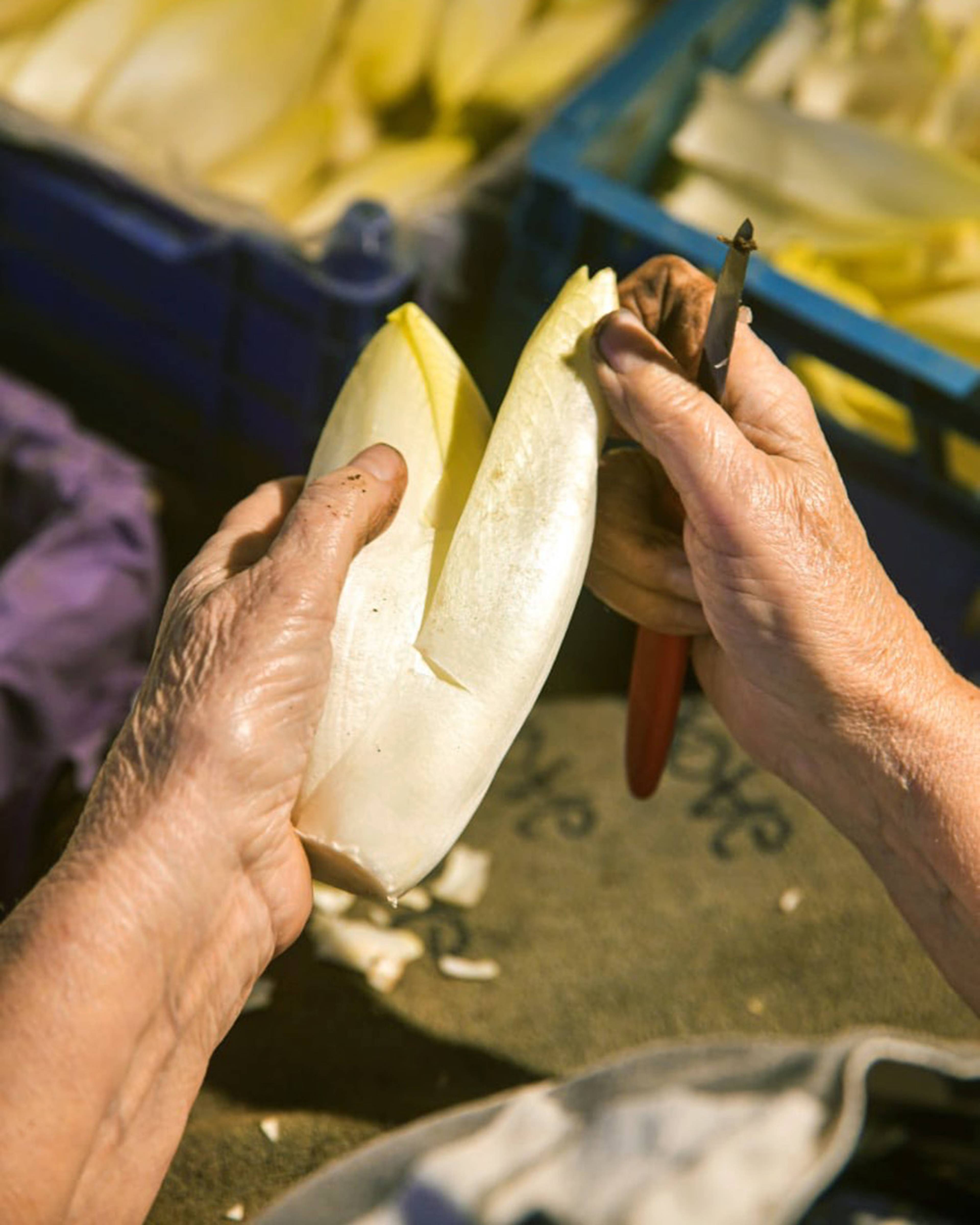
EARLY
Witloof Chicory
Grown by Thomas in Weerde, Belgium
Much-anticipated Witloof Chicory arrived this week. In Weerde, Belgium, the Cools family covers their Witloof in soil and straw for three to four weeks. The result is phenomenally crisp, well-balanced heads.
His commitment to the practices passed down to him over four generations sets his Witloof apart: sweet chicories that are densely packed with crisp leaves. These are the furthest you can get from the intensively cultivated, spongy, and overly bitter endives that dominate shelves.
With hotter summers and milder winters, it is getting harder for Thomas to grow and force Witloof each year. Milder winters mean that the chicory grows faster in the forcing stage. These challenges lead to many growers giving up the craft, but Thomas continues to persist in preserving the traditional technique.
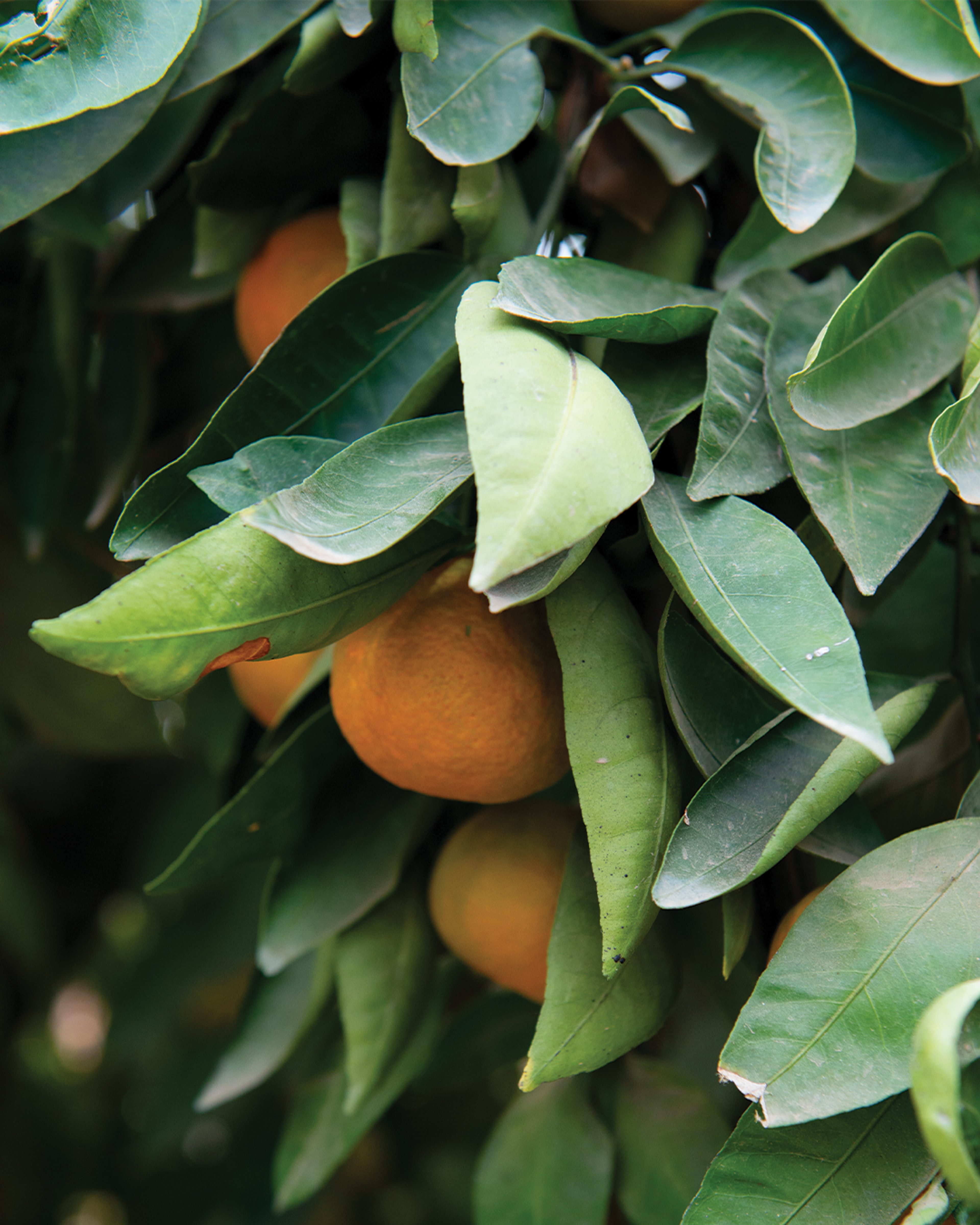
PEAK
Owari Satsuma Tangerines
Grown by Anthony in Reedley, California
As cooler temperatures settle in, coloration on the skins of Anthony's Owari Satsumas has deepened, and the fruits' sugars are increasing, tempering out the acidity of his earlier-season fruit — Anthony says the fruit needs all the time it can get on the tree to develop its characteristic sweet flavor.
Anthony and Lisa's Owari Satsumas stand out from typical tangerines for their complex flavor beyond just sweetness — they have a pleasant acidity to balance the flavor.
Anthony's Owari Satsumas are the first of 20 varieties to ripen in his citrus groves. The trees, over 50 years old, were inherited when he purchased the land, making them highly productive.
Unlike many commercial growers who pick early to extend shelf life, Anthony harvests to order, leaving the fruit on the tree as long as possible. As we visited, he and his team were packing our order for that day. They cut the fruits off the tree to ensure the skins remain intact.
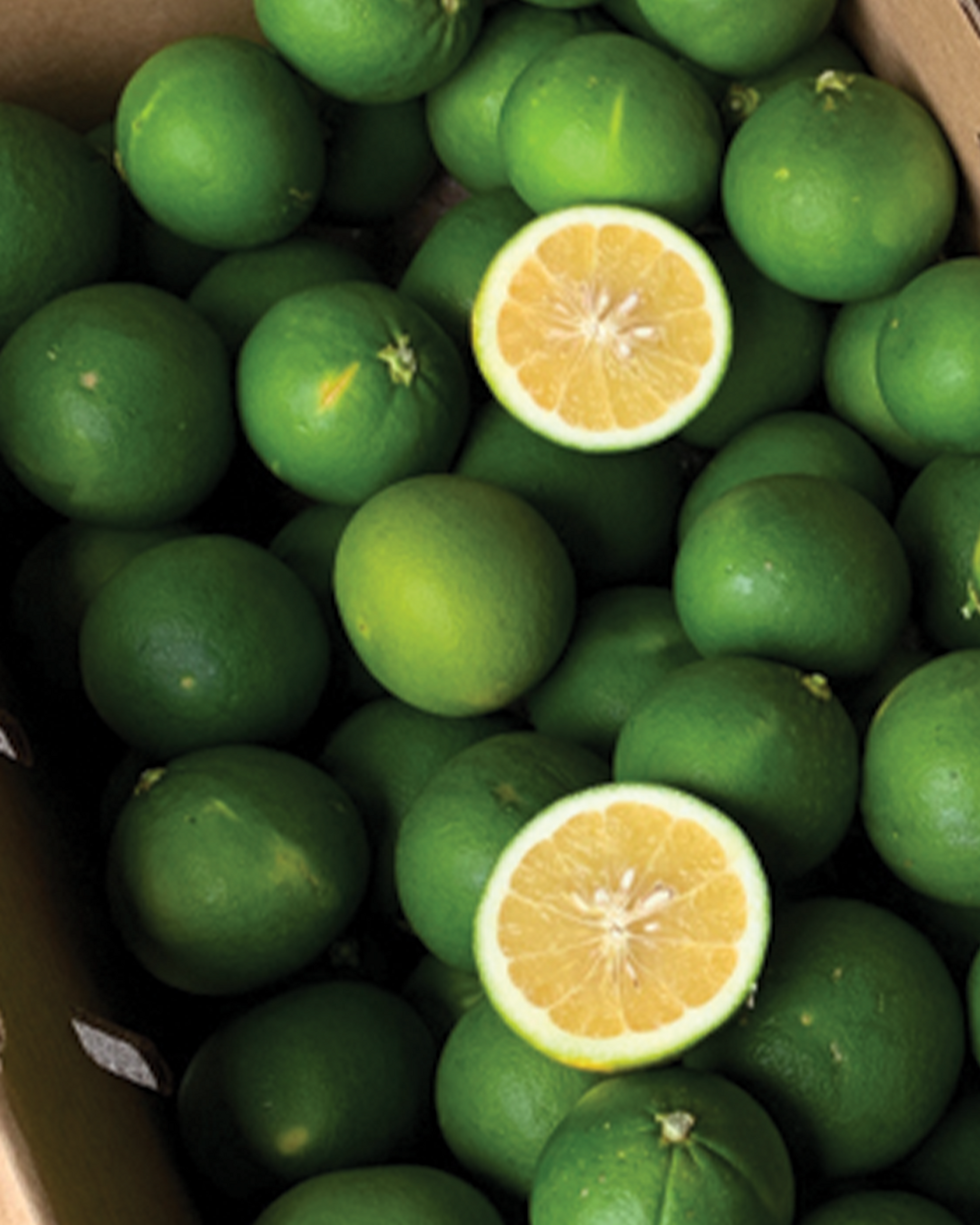
LATE
Green Minneola Tangelos
Grown by Greg in Exeter, California
As the season progresses, sugars are developing in the flesh of Greg's Minneola Tangelos. They're now heavy with juice, carrying a sweet, floral aroma, and their orange flesh is deepening in color. Greg's green citrus has been exceptional this year with high yields and potent flavor. Make the most of them while you can.
These last longer than his Green Cara Caras, as Minneola Tangelos are a later-ripening variety with extended time on the tree necessary to have them shine in their ripe state.
"All citrus fruits start life green on the outside. Their skins at this unripe stage have not yet turned yellow or orange, but, interestingly, their essence and perfume are more pronounced as the volatile oils in the skin are at their peak," writes our founder, Franco Fubini, in In Search of the Perfect Peach.
As day-to-night temperature swings intensify in Exeter, the fruit edges toward maturity — its skin shifting from green to yellow, and finally to orange as sugars build within. Fully ripe citrus should arrive by early December.
Go Deeper
See allWe exist to fix the food system.
People are more cut off from the origins of their food than ever. This makes flavor, nutrition and farming practices that protect the planet, almost impossible to find.
By working directly with growers, we create a more sustainable way forward for farming. By giving everyone the tools to understand the power of our food choices, we empower everybody to become drivers of change.
Now is the time for action. Join the food system revolution.

Go beyond four seasons
Each fruit and vegetable has its own season, with subtle shifts which happen every day. Follow their microseasons to unlock flavor at every stage.
WHAT’S IN SEASON?

Know where your food comes from
We know the name of the person behind everything we source. Recognize their growing artistry to find out exactly where your food comes from (and why that matters).
MEET THE GROWERS

Make your diet diverse
Our growers work with varieties chosen for quality and nutrition, not yield. By selecting their crops you keep heritage seeds in play, add to ecosystem biodiversity and preserve unique flavors.
GO #OFFTHEPASS
United States
© 2025 Natoora Ltd.
